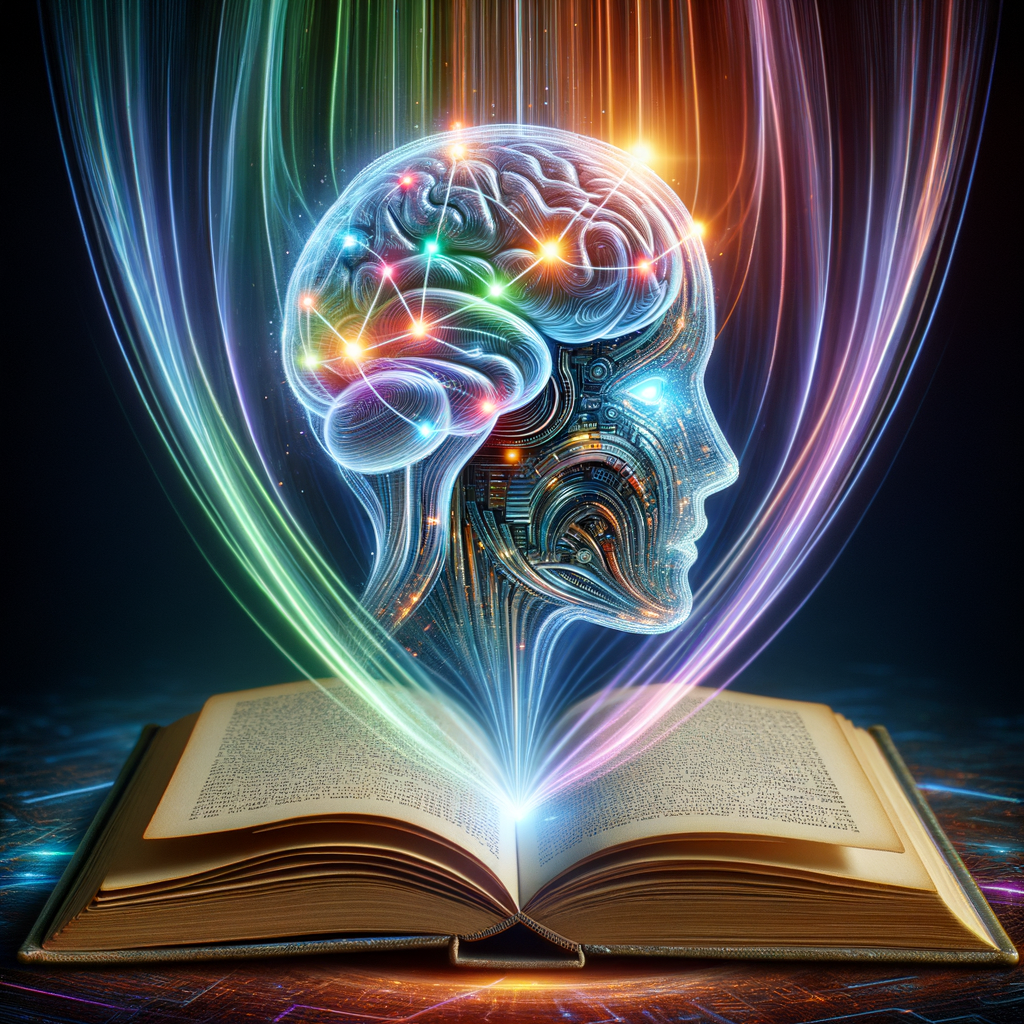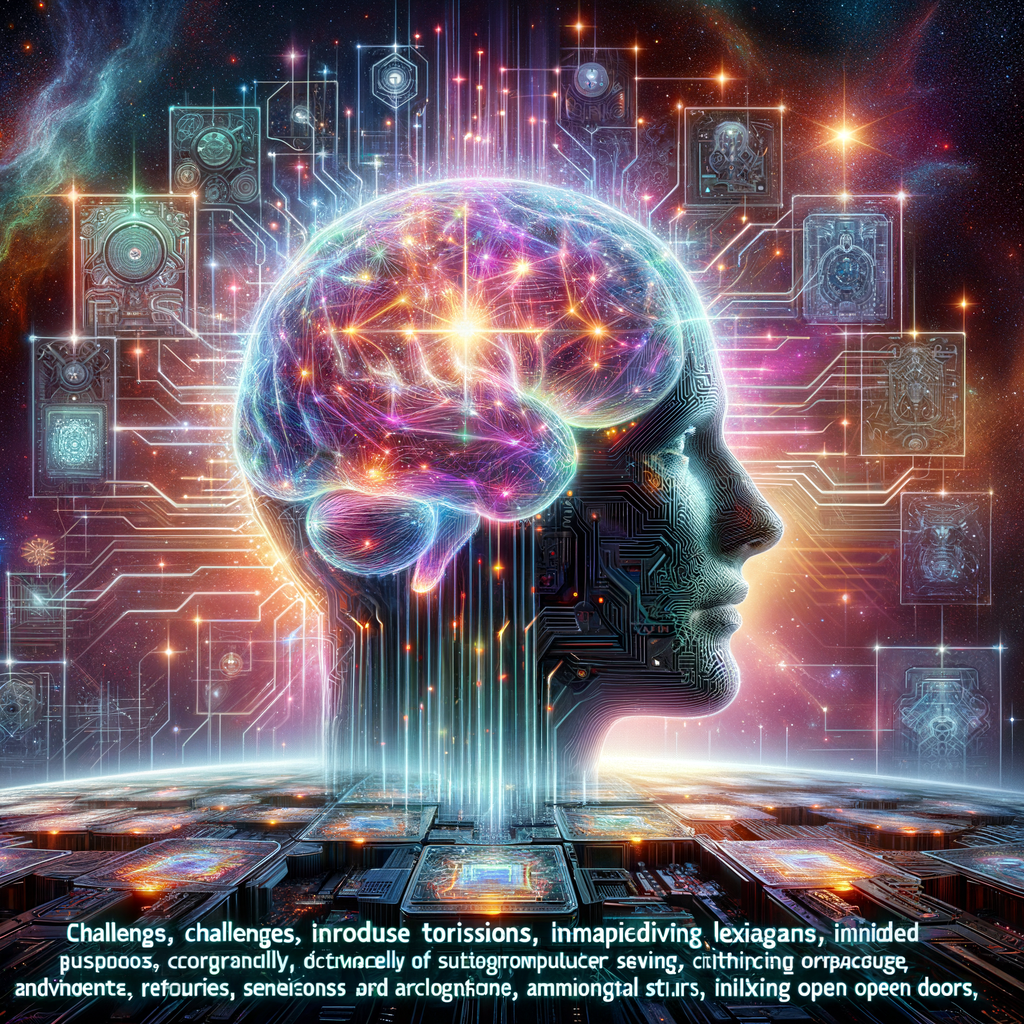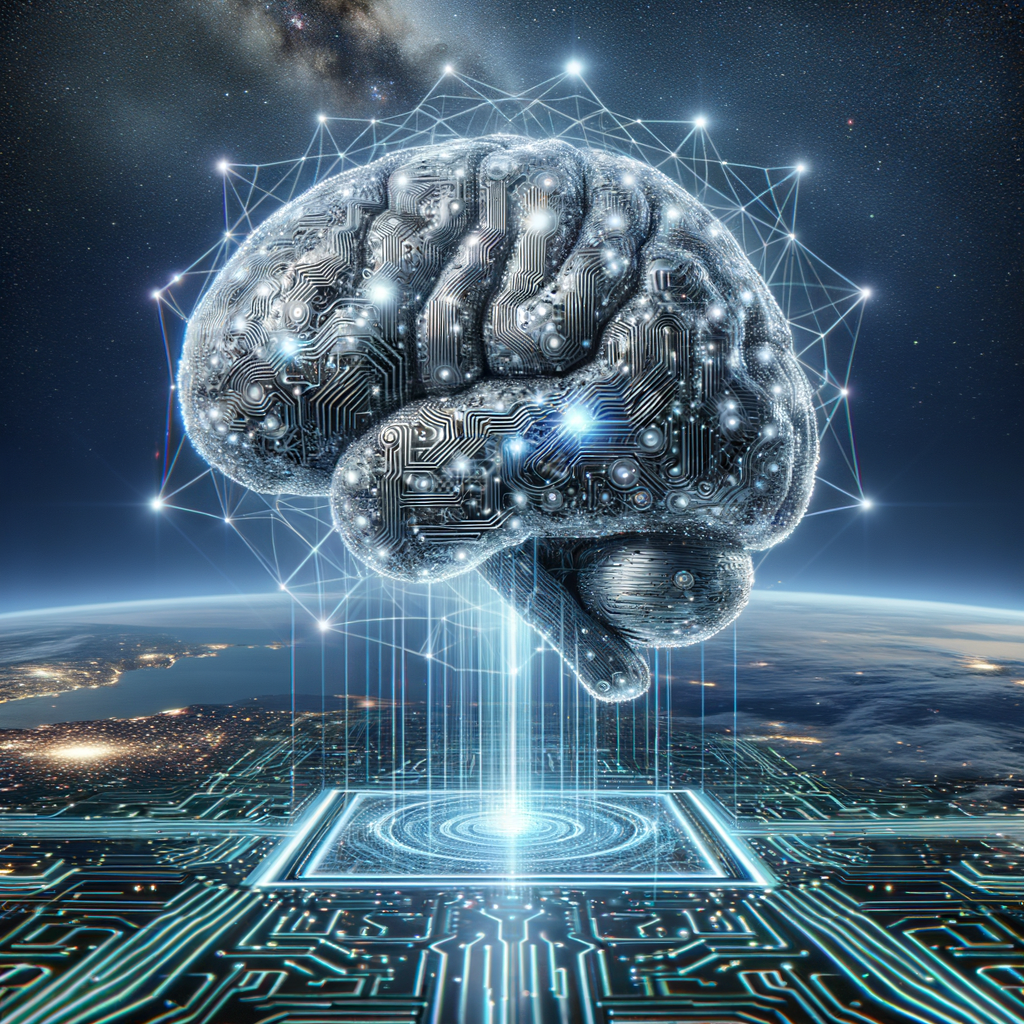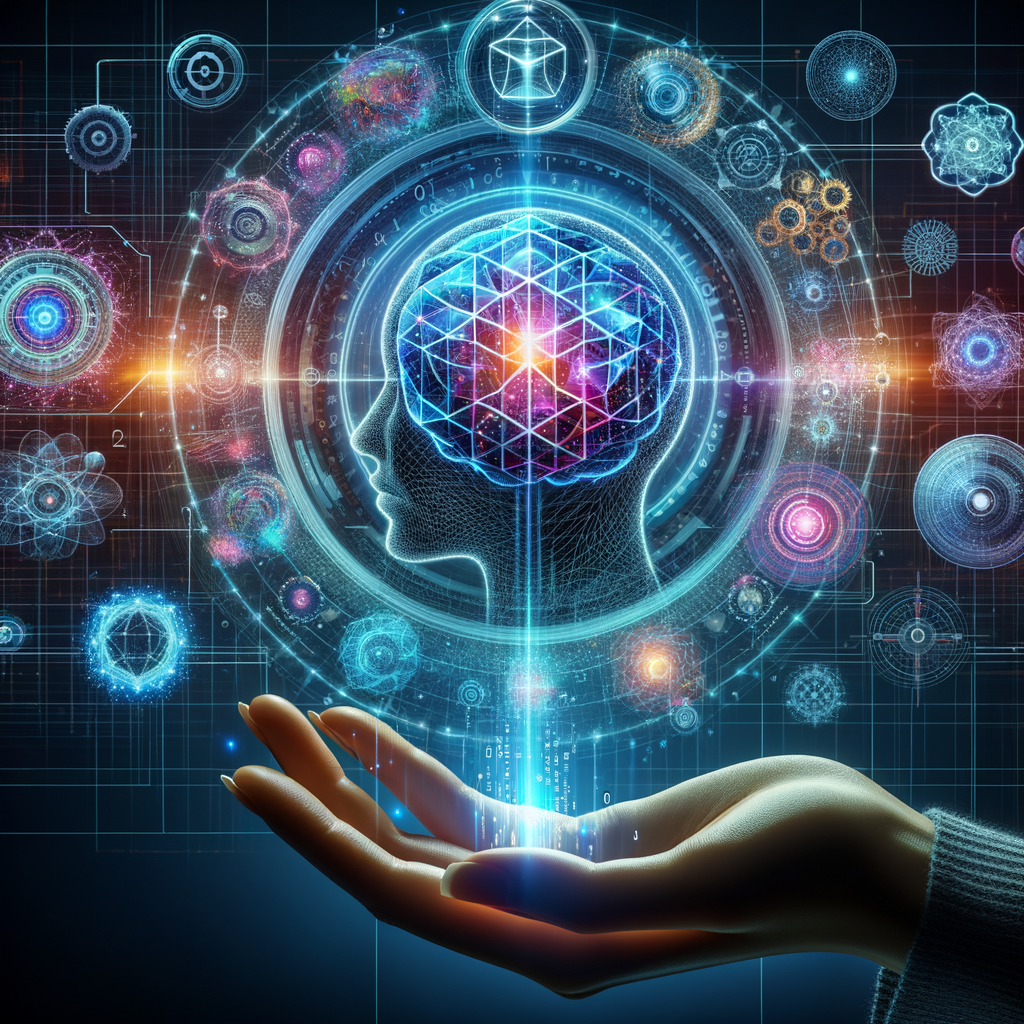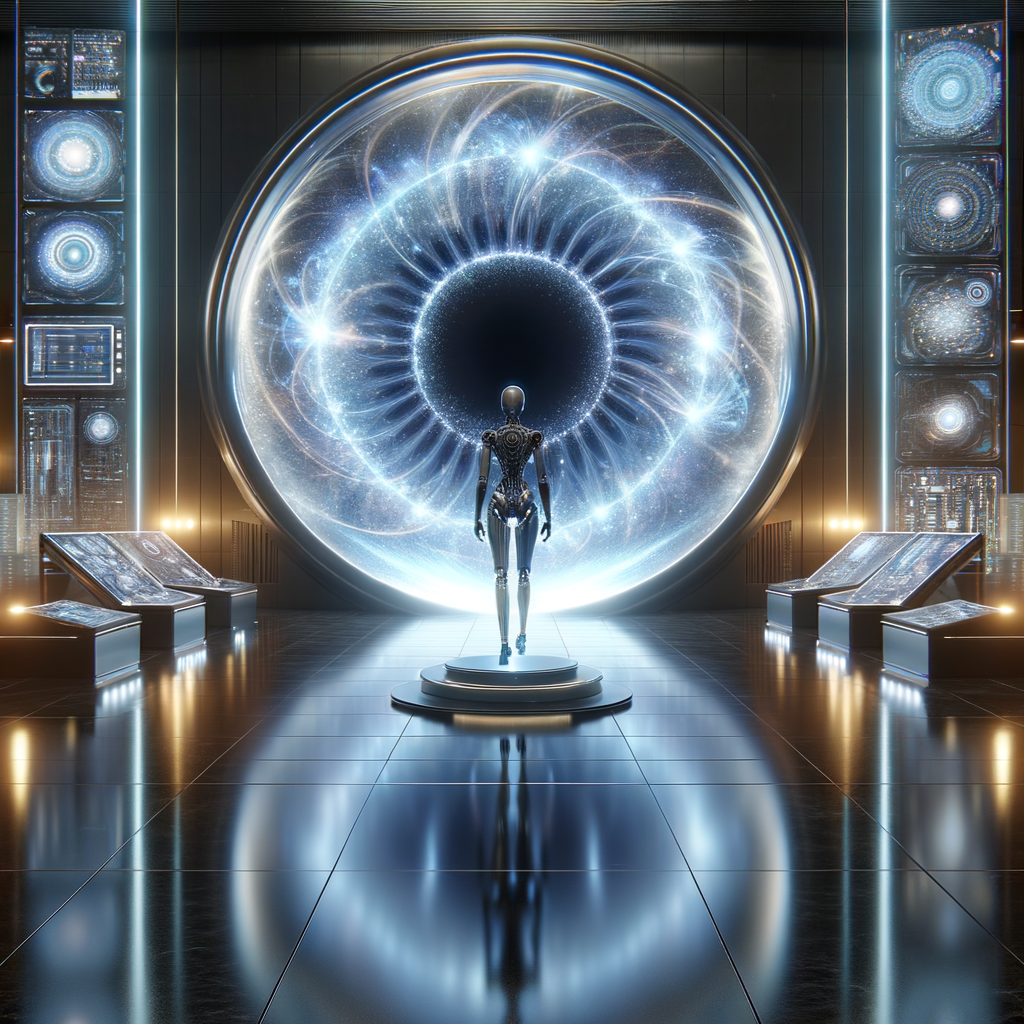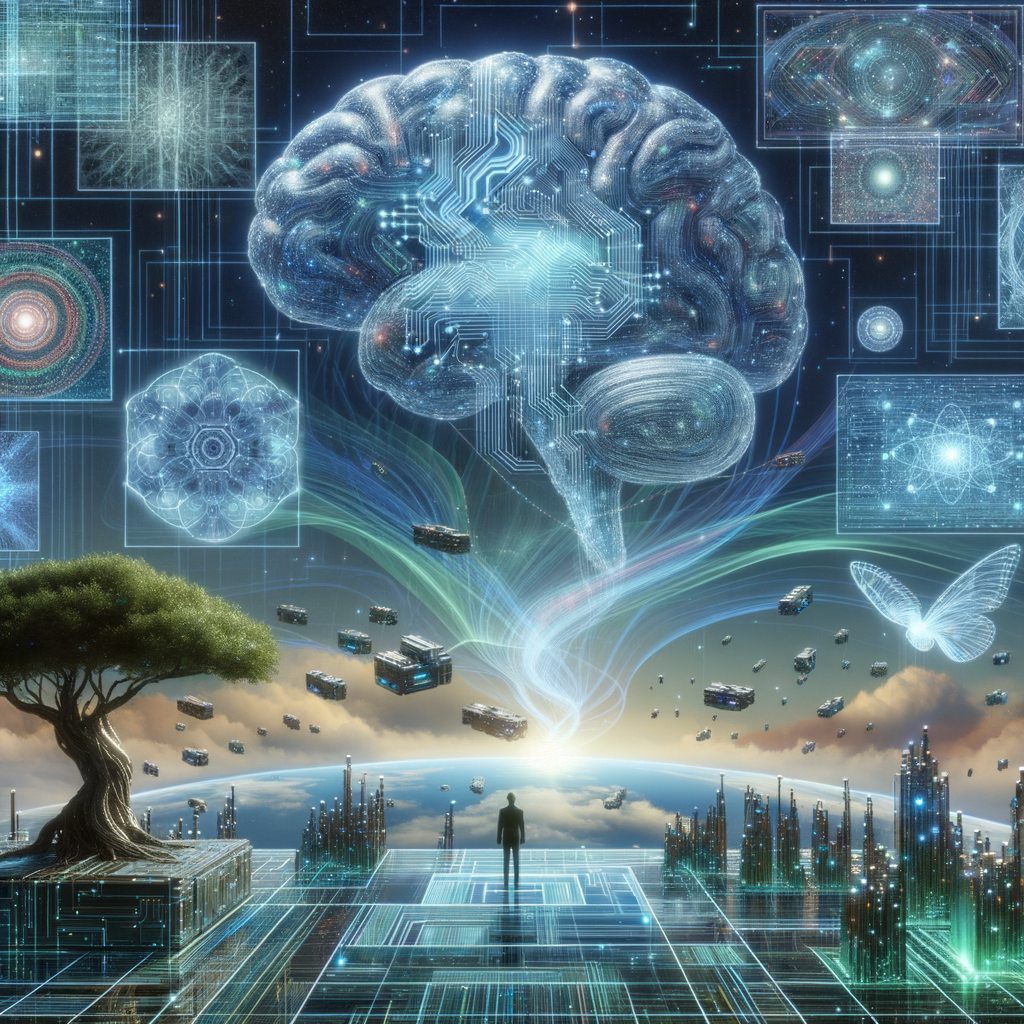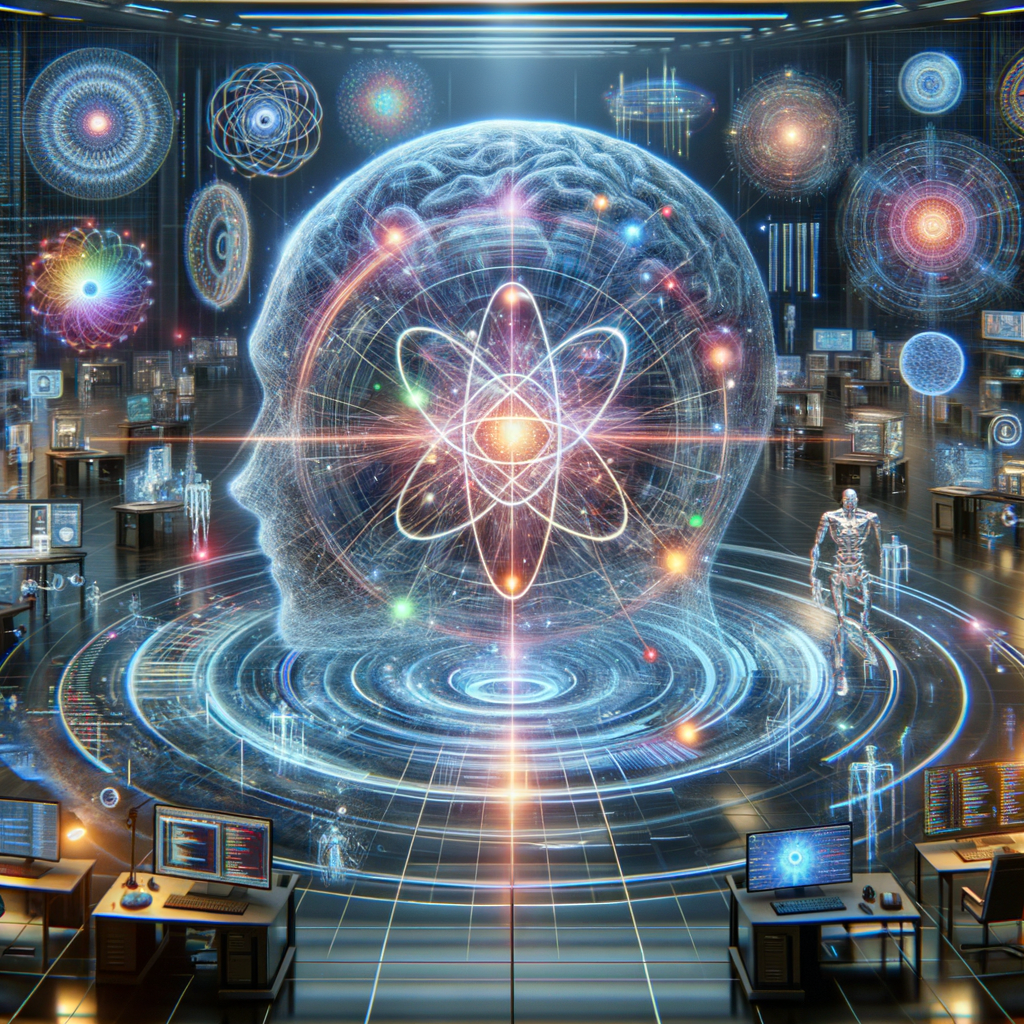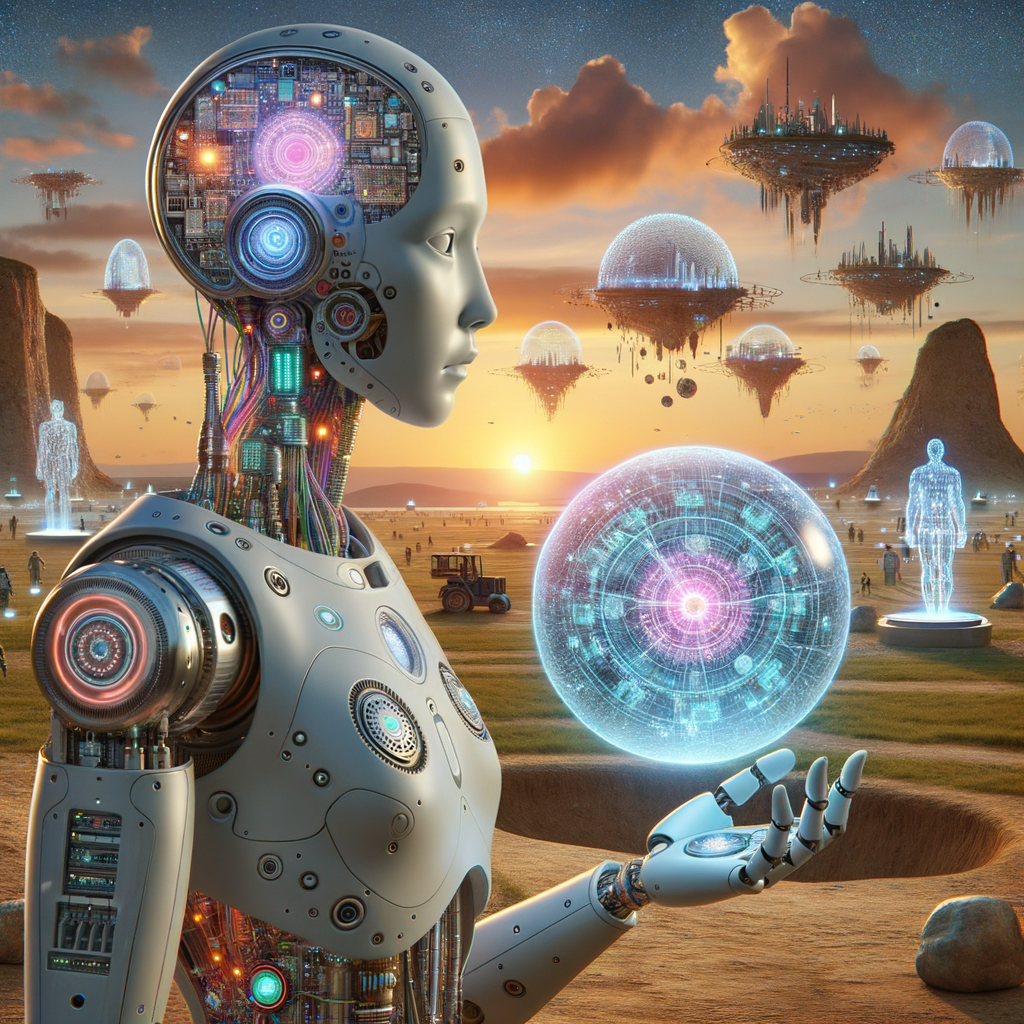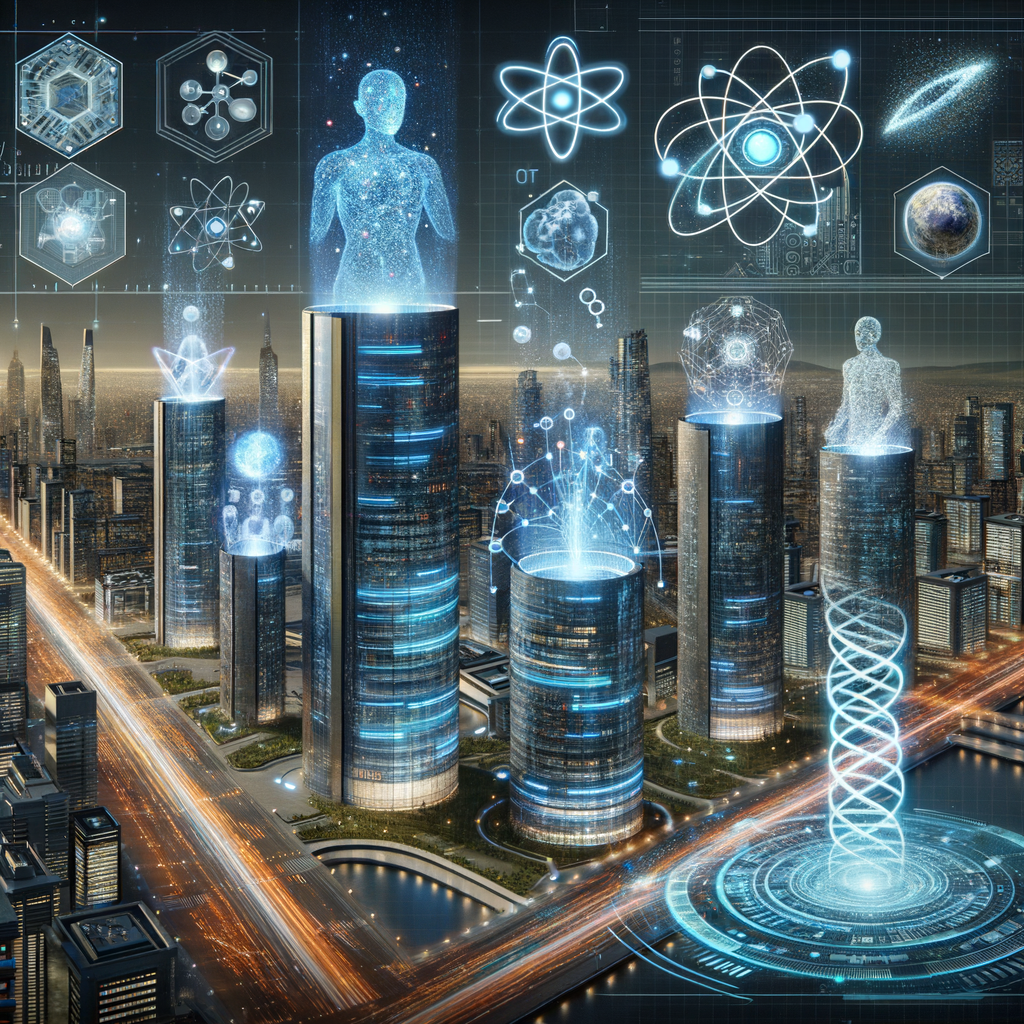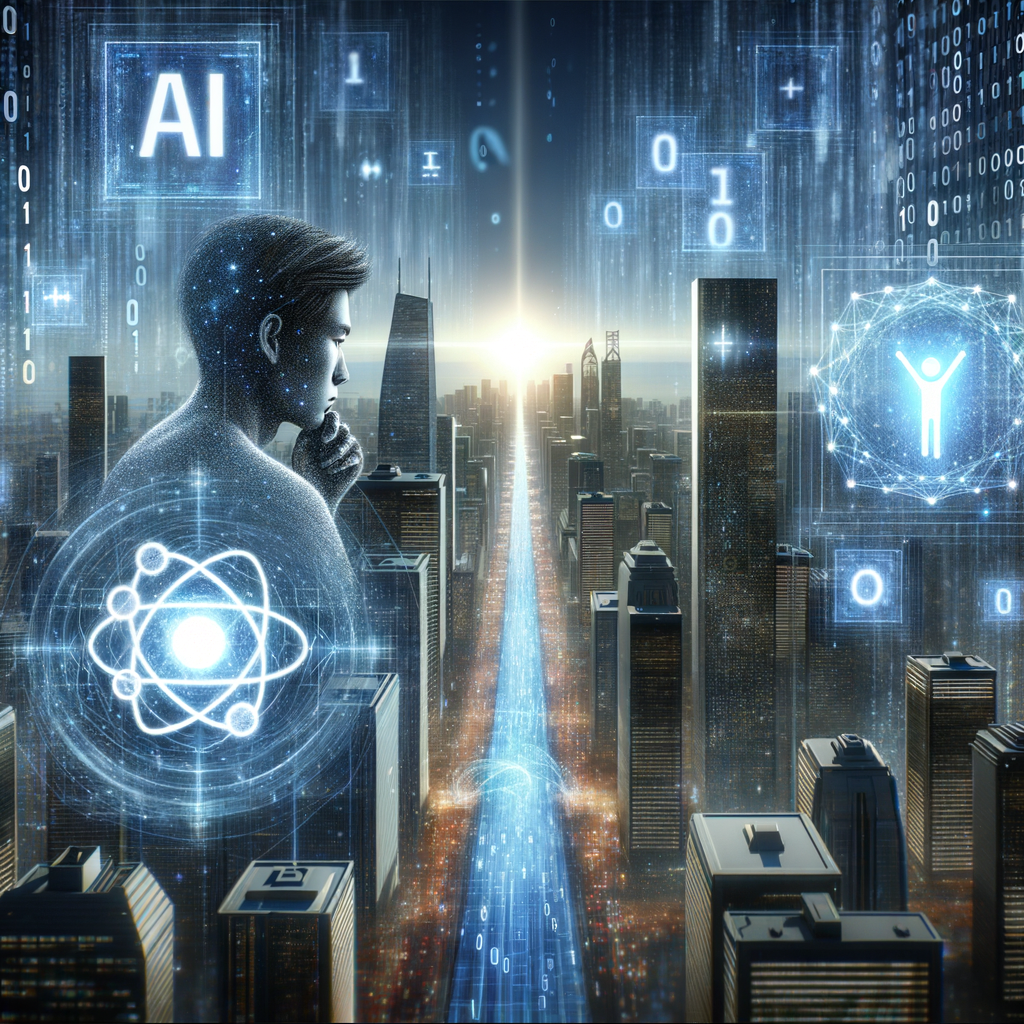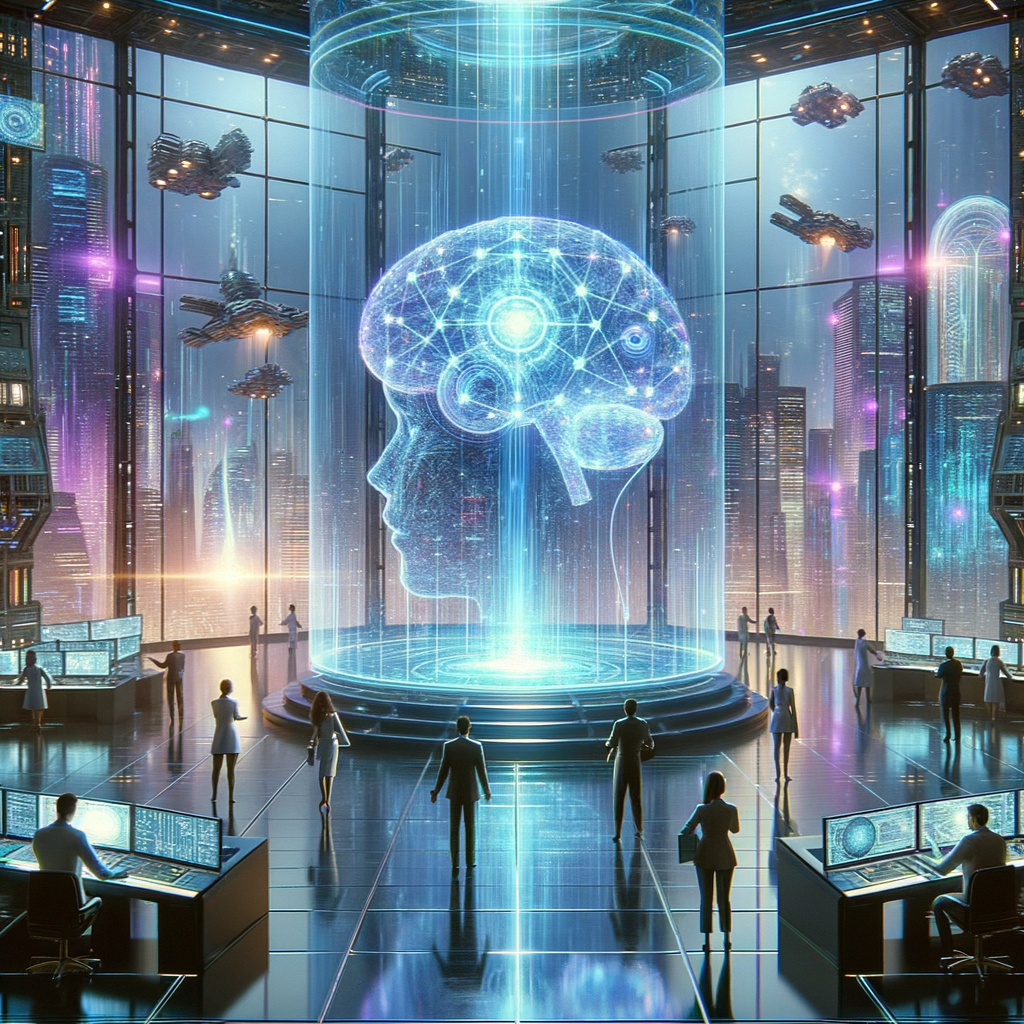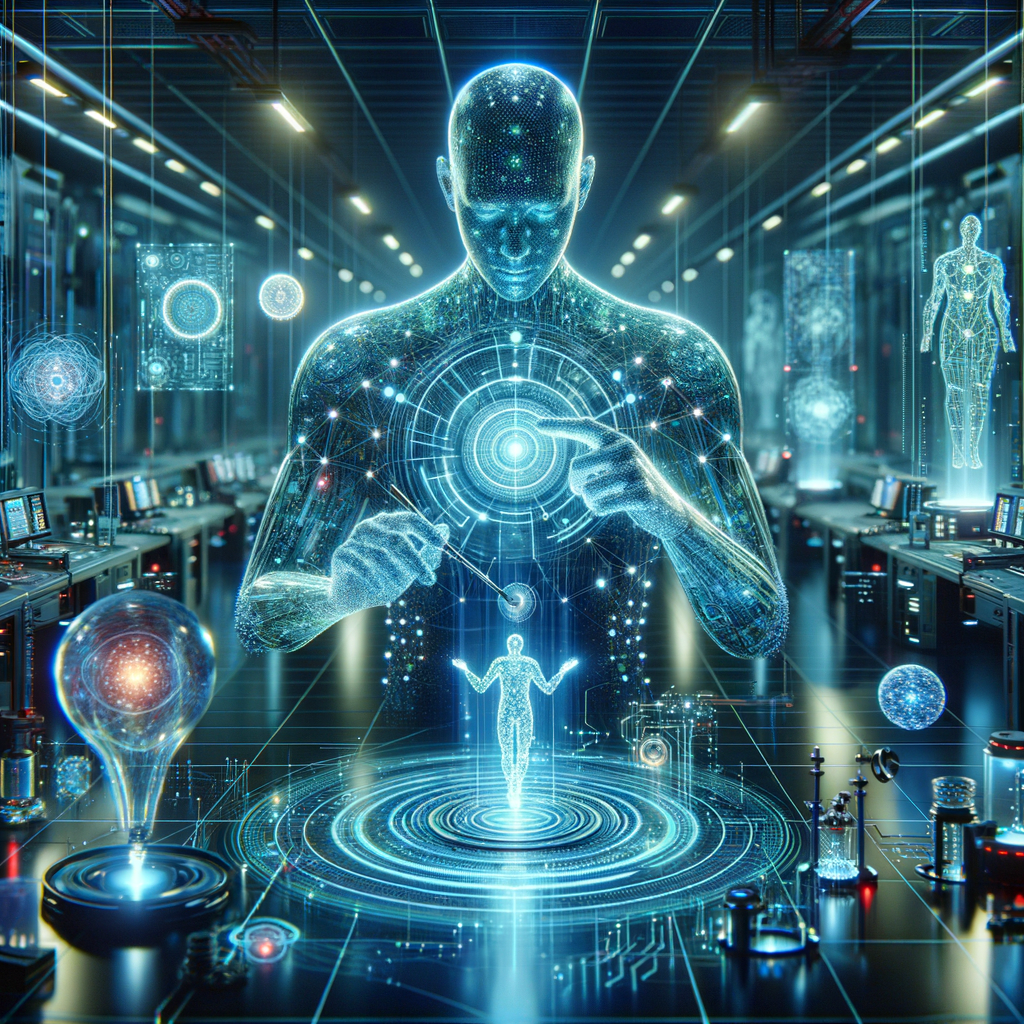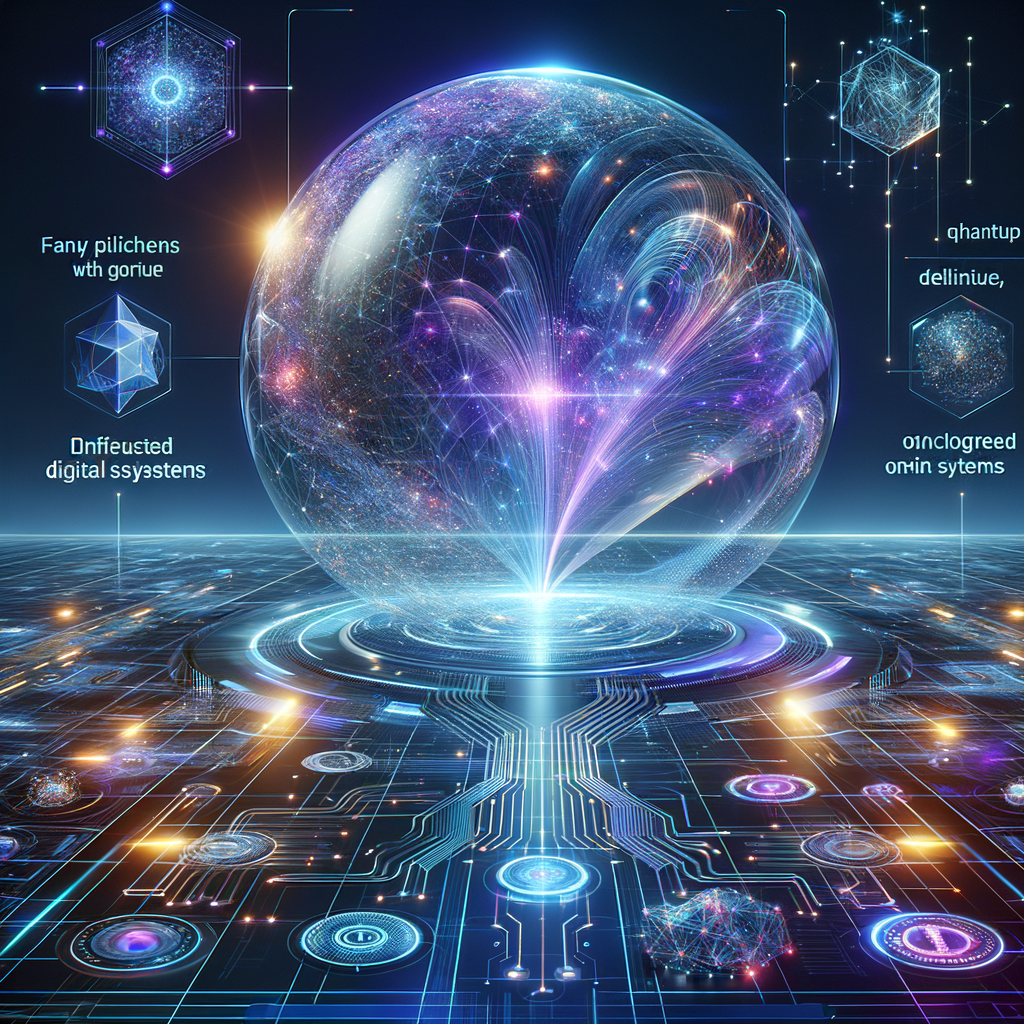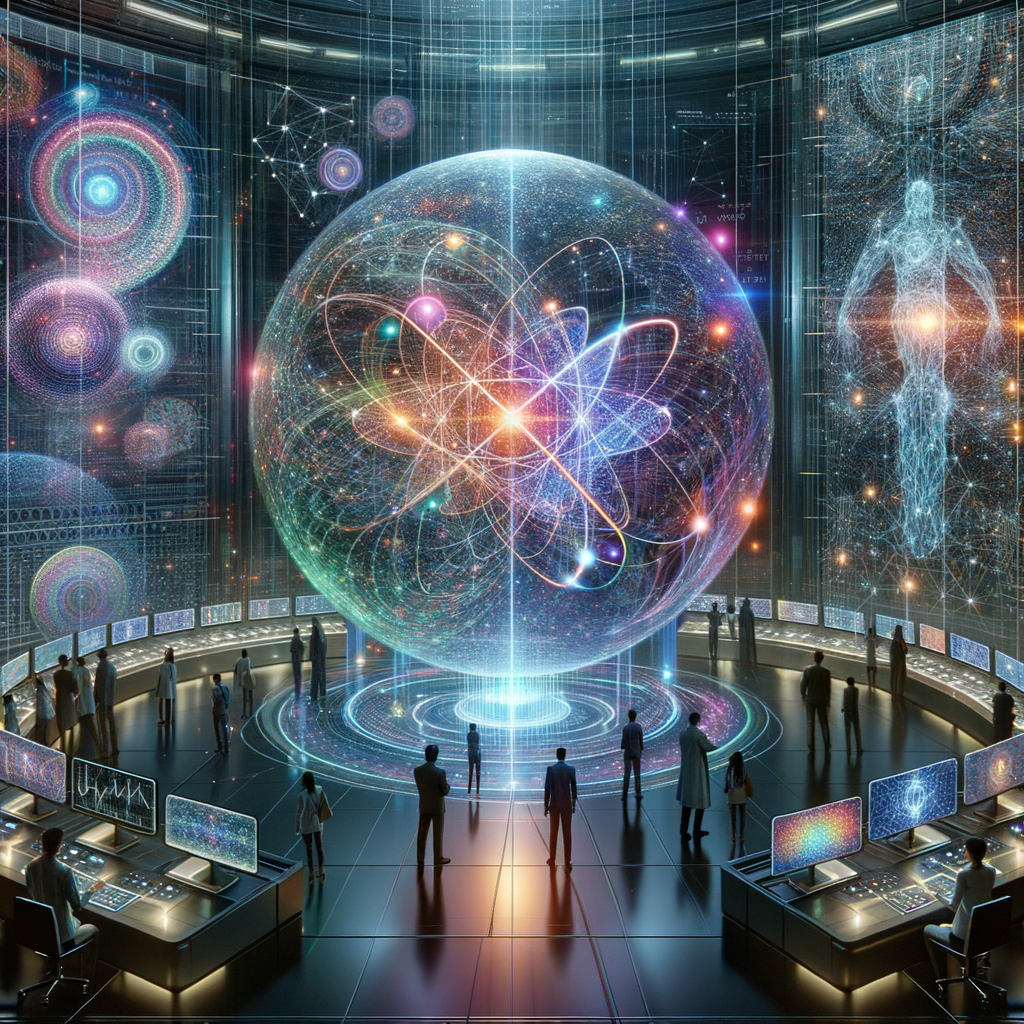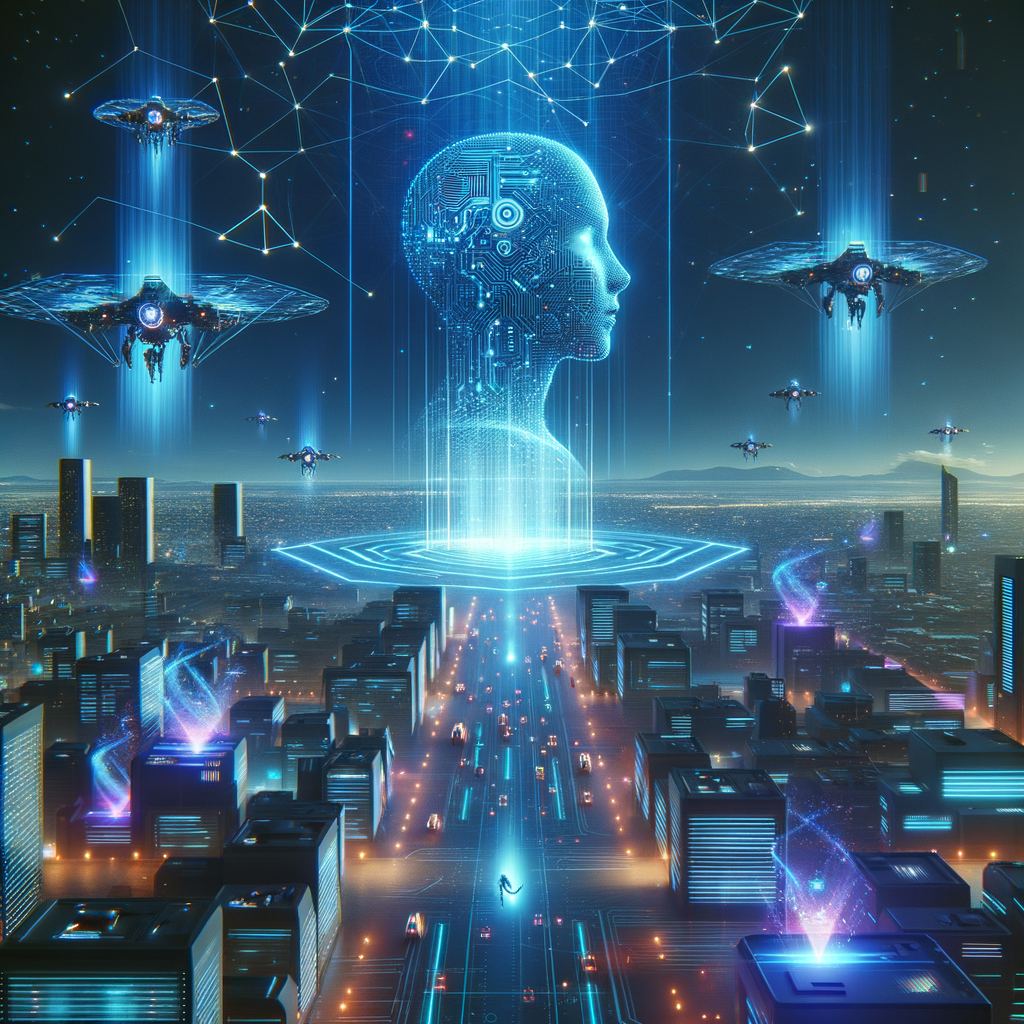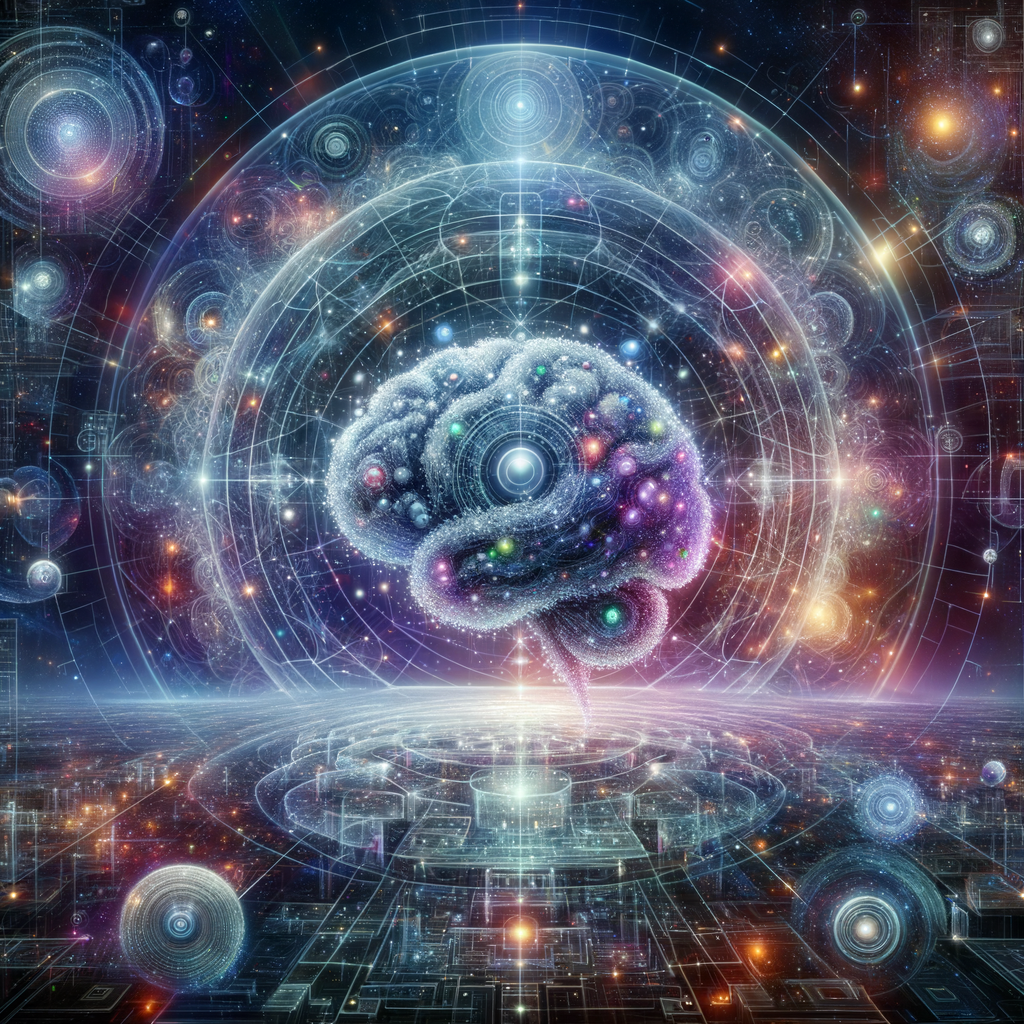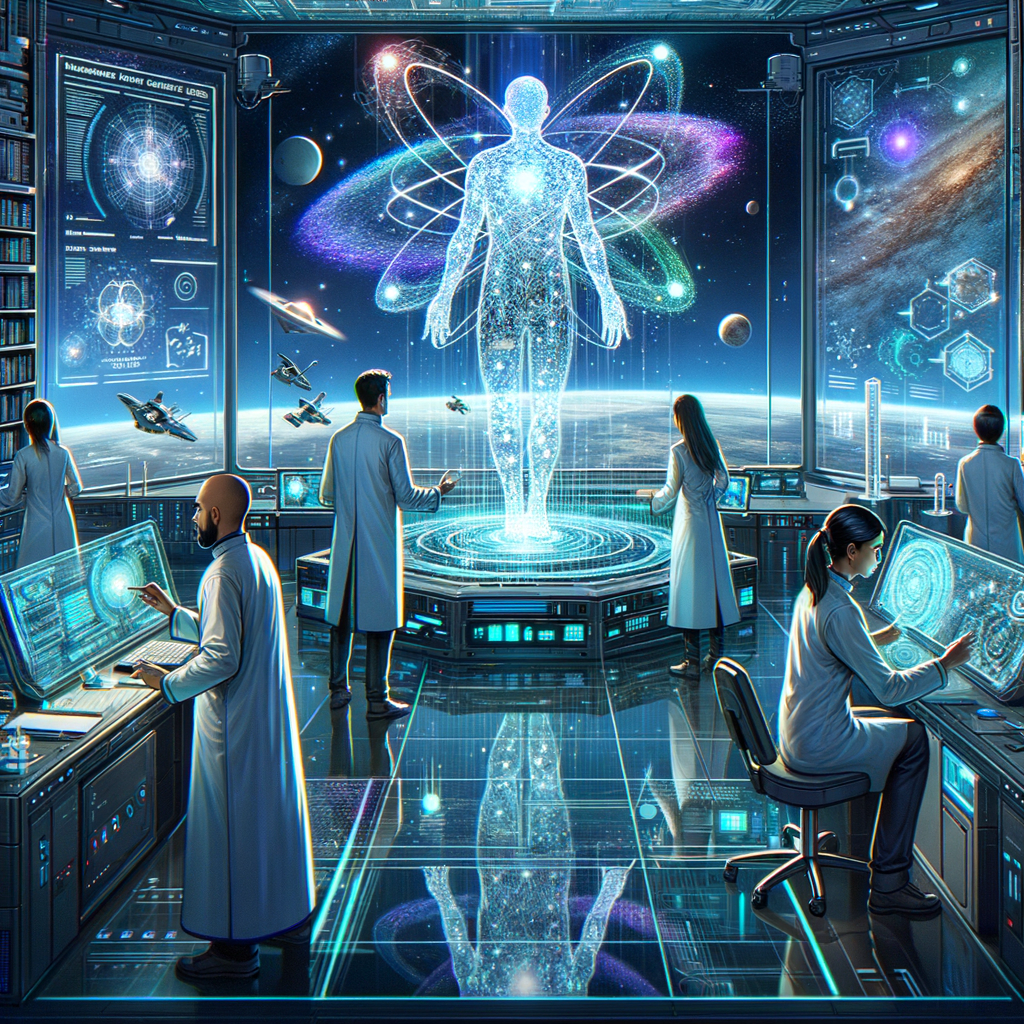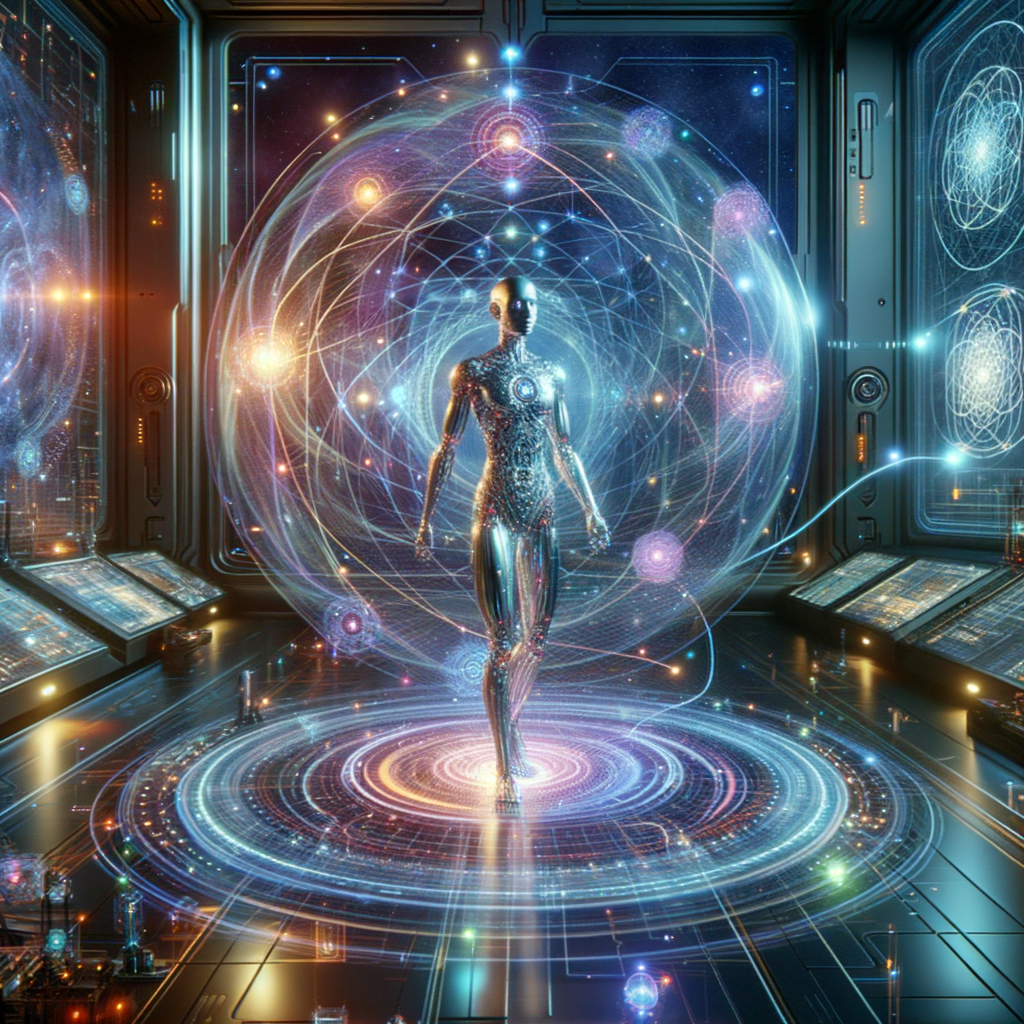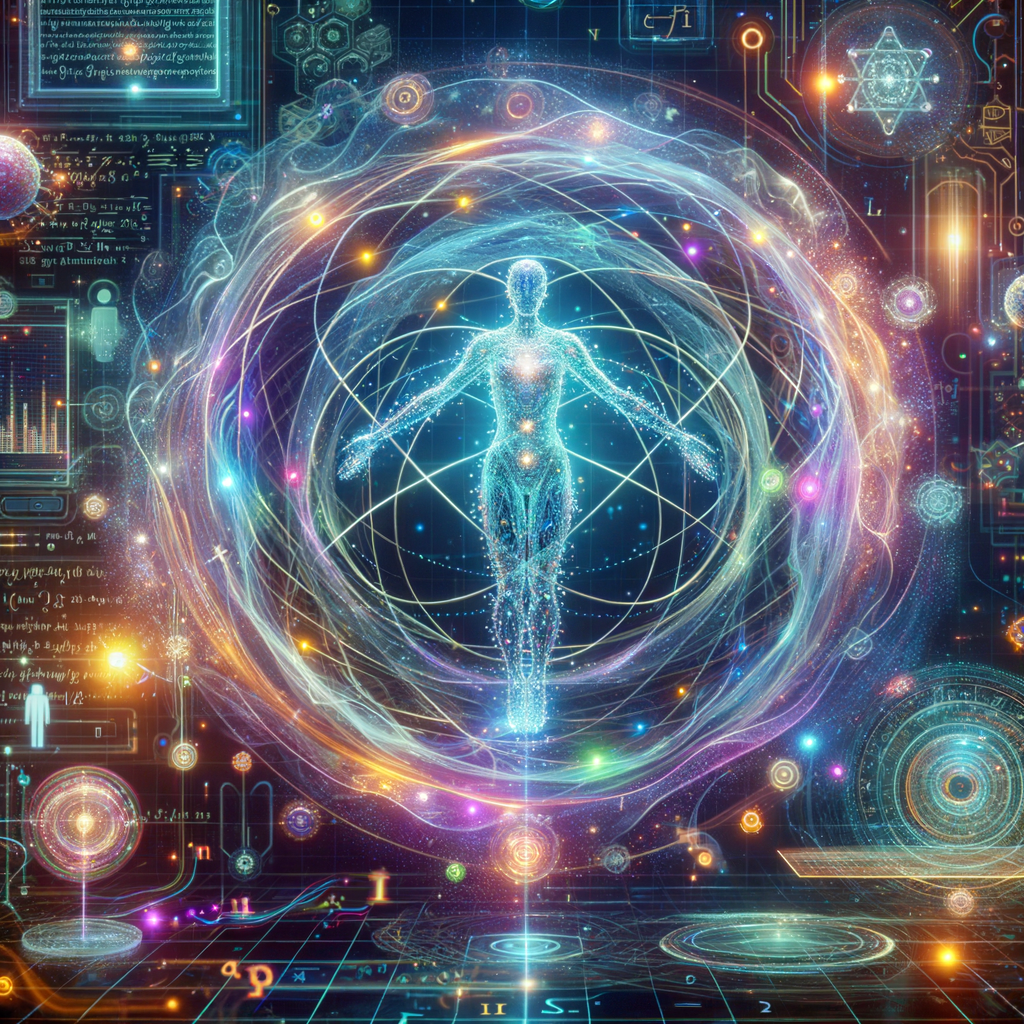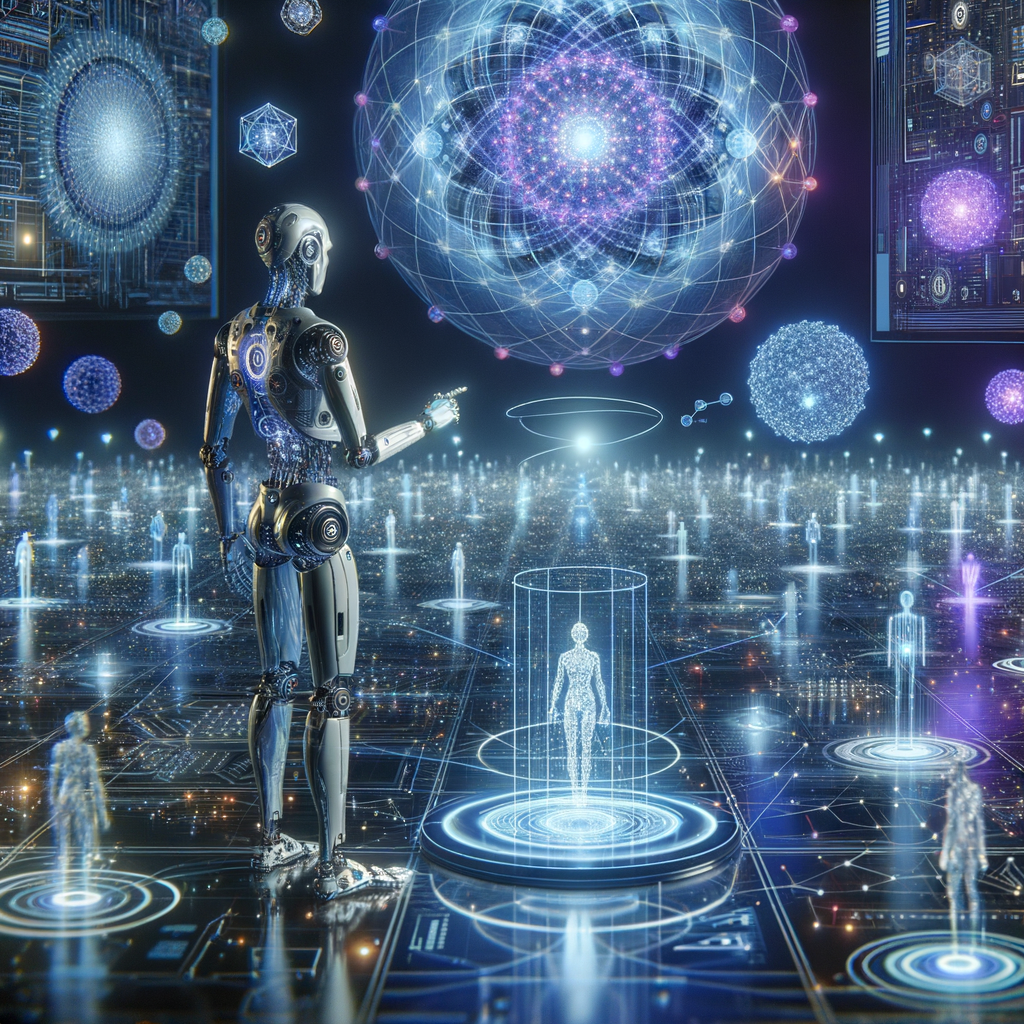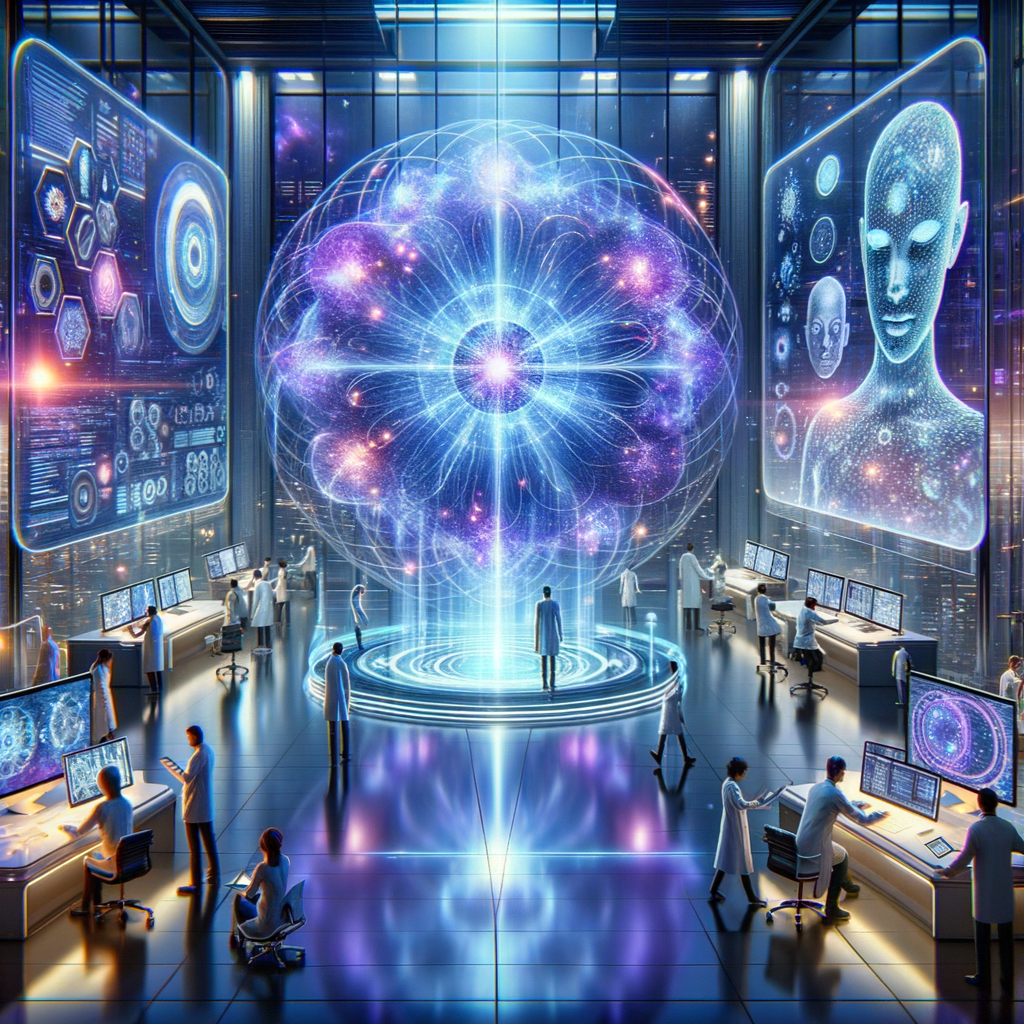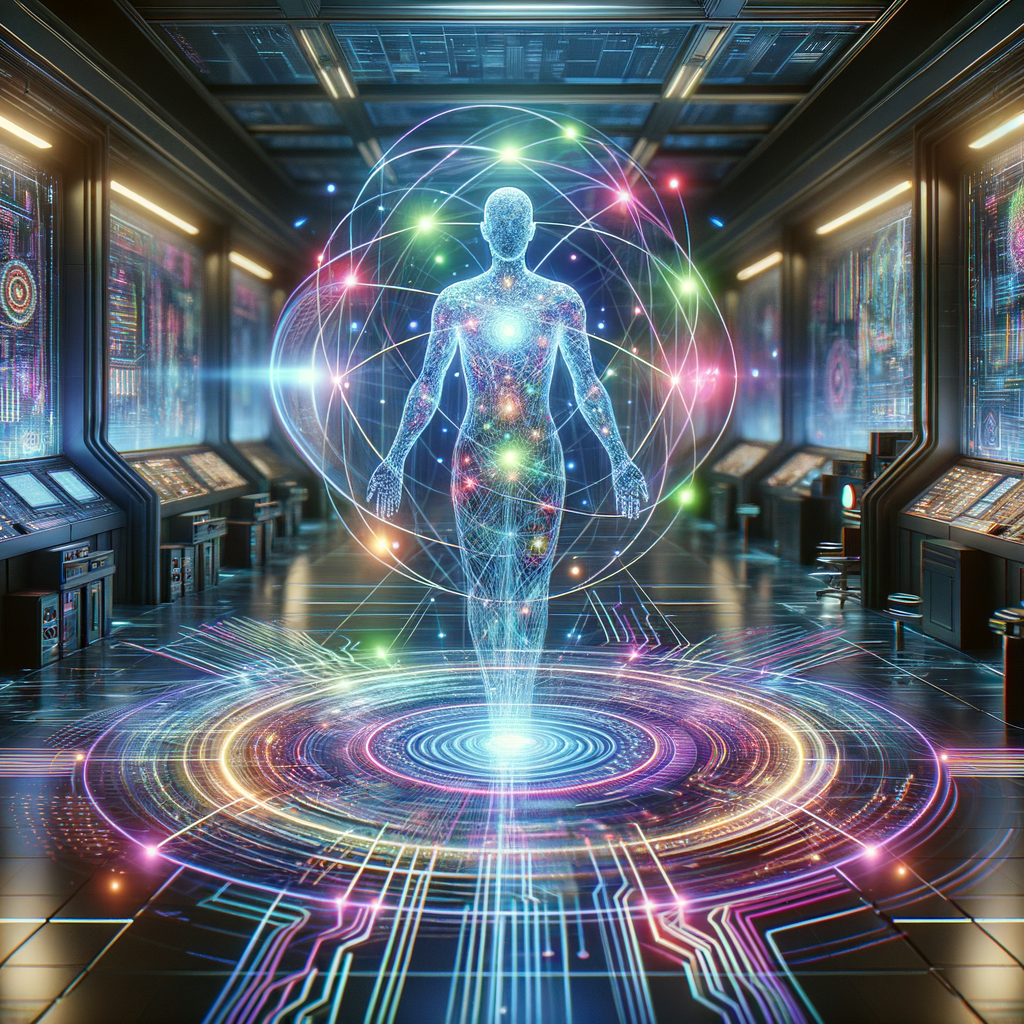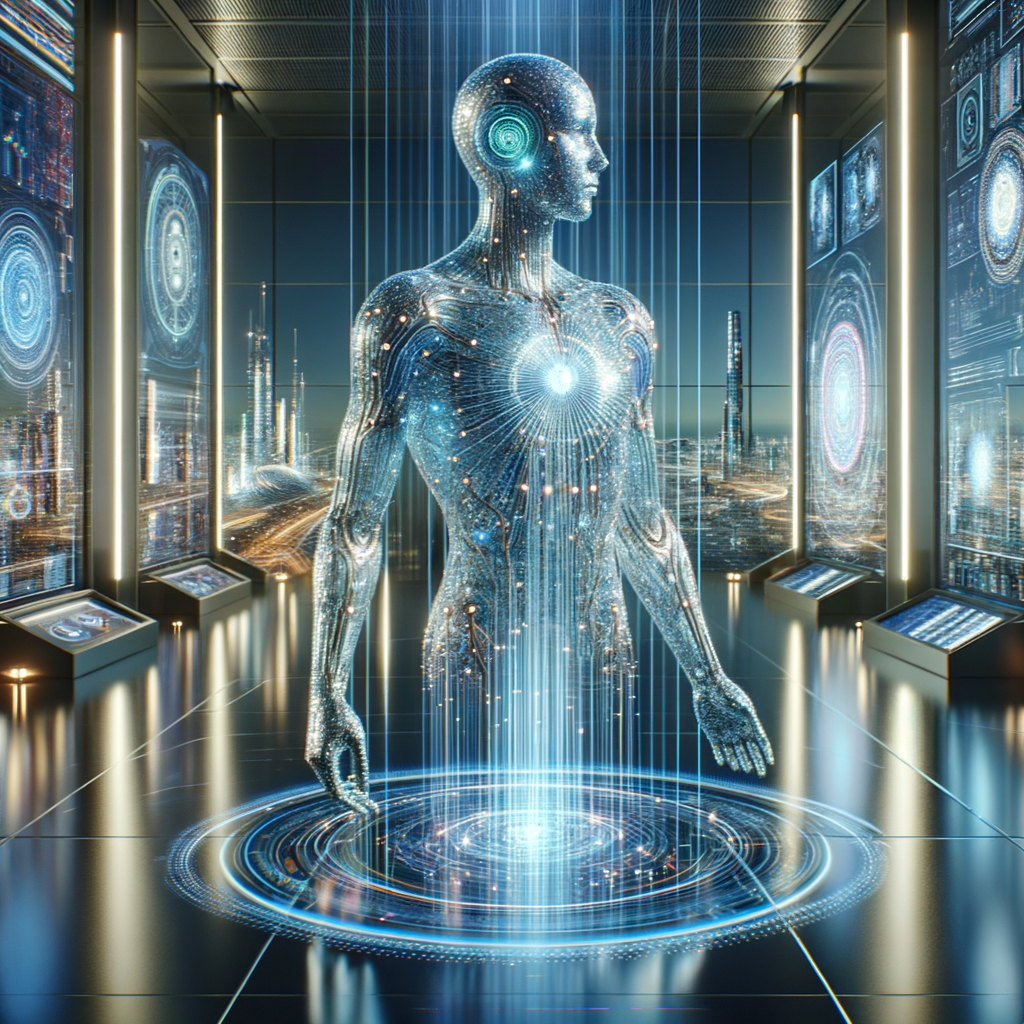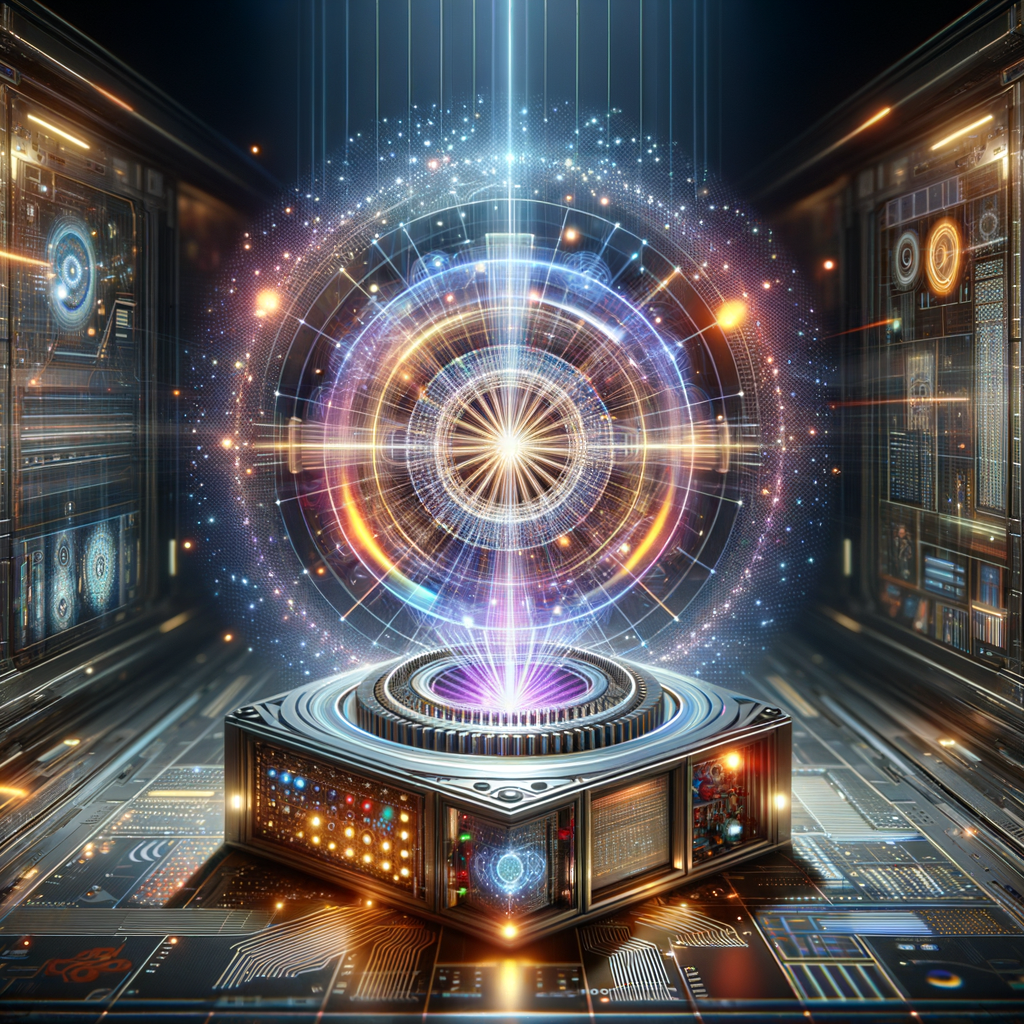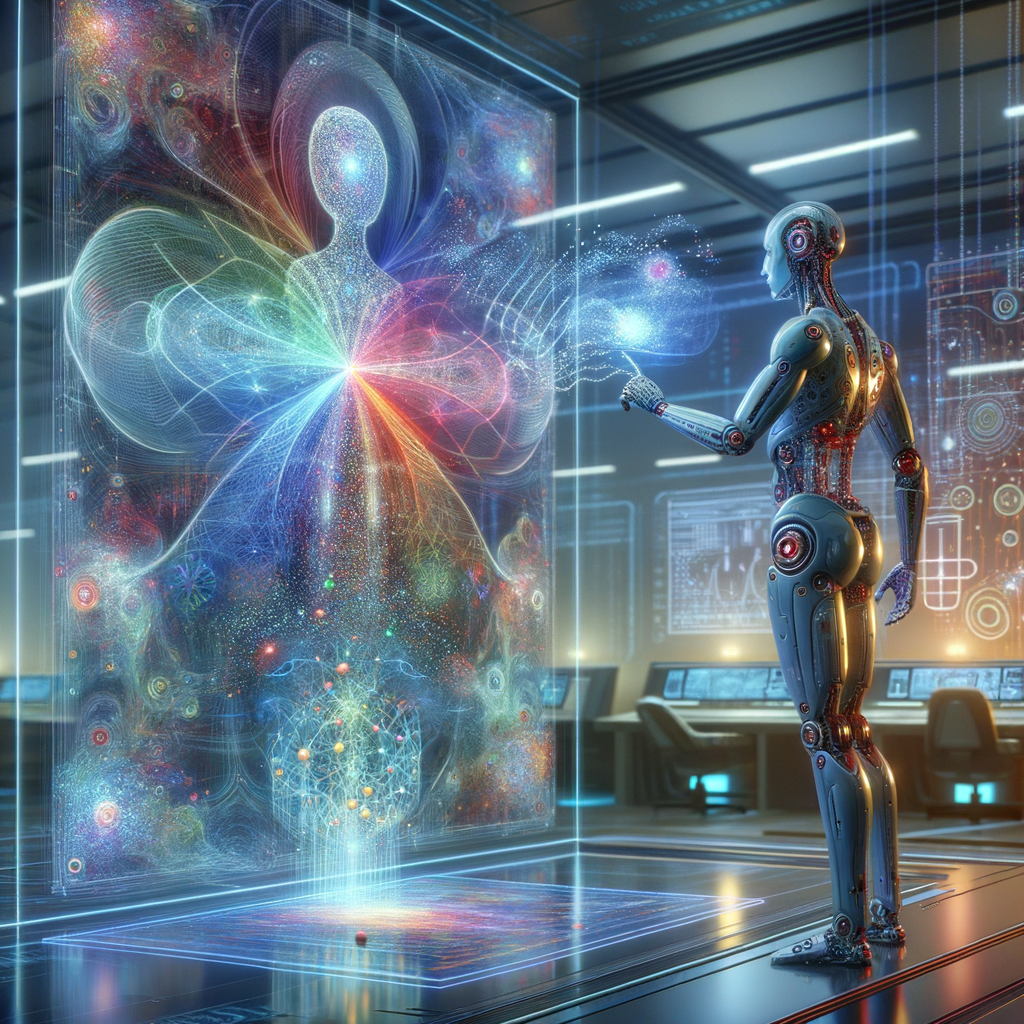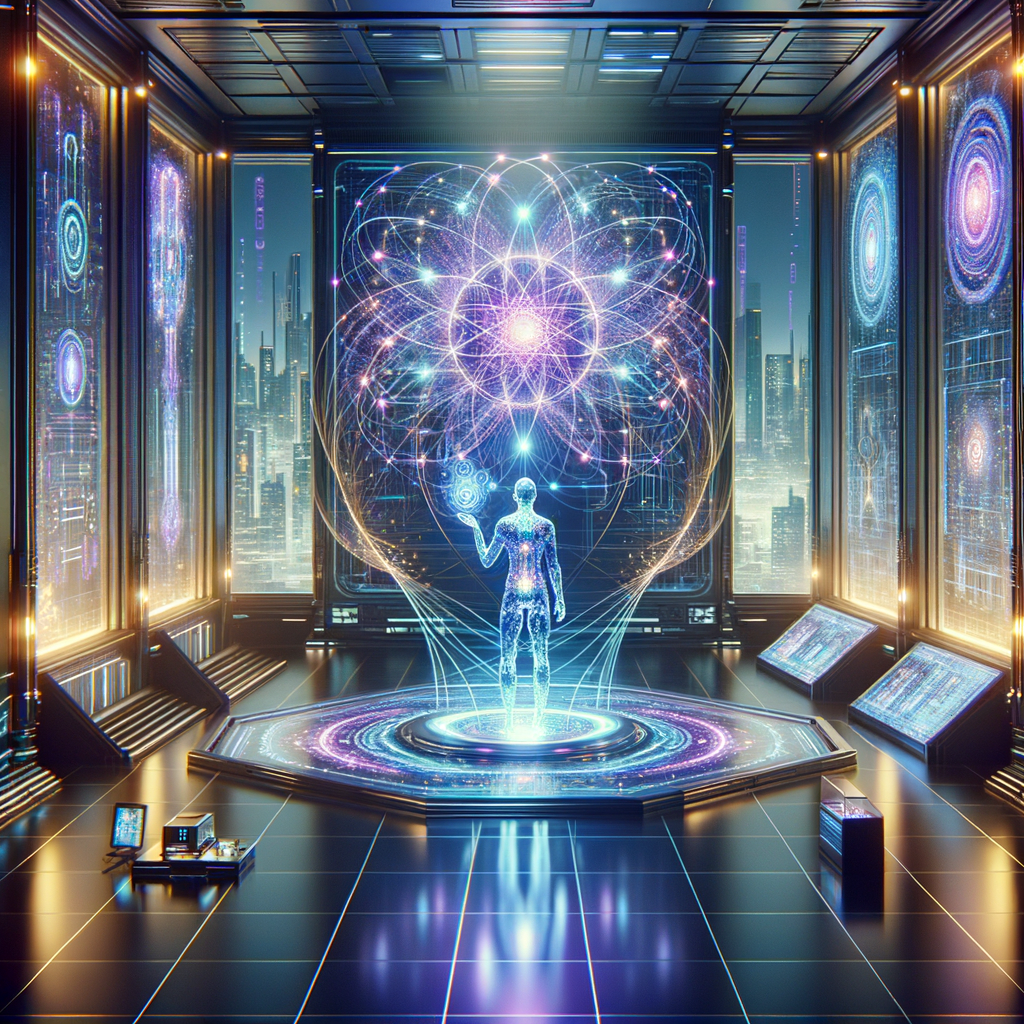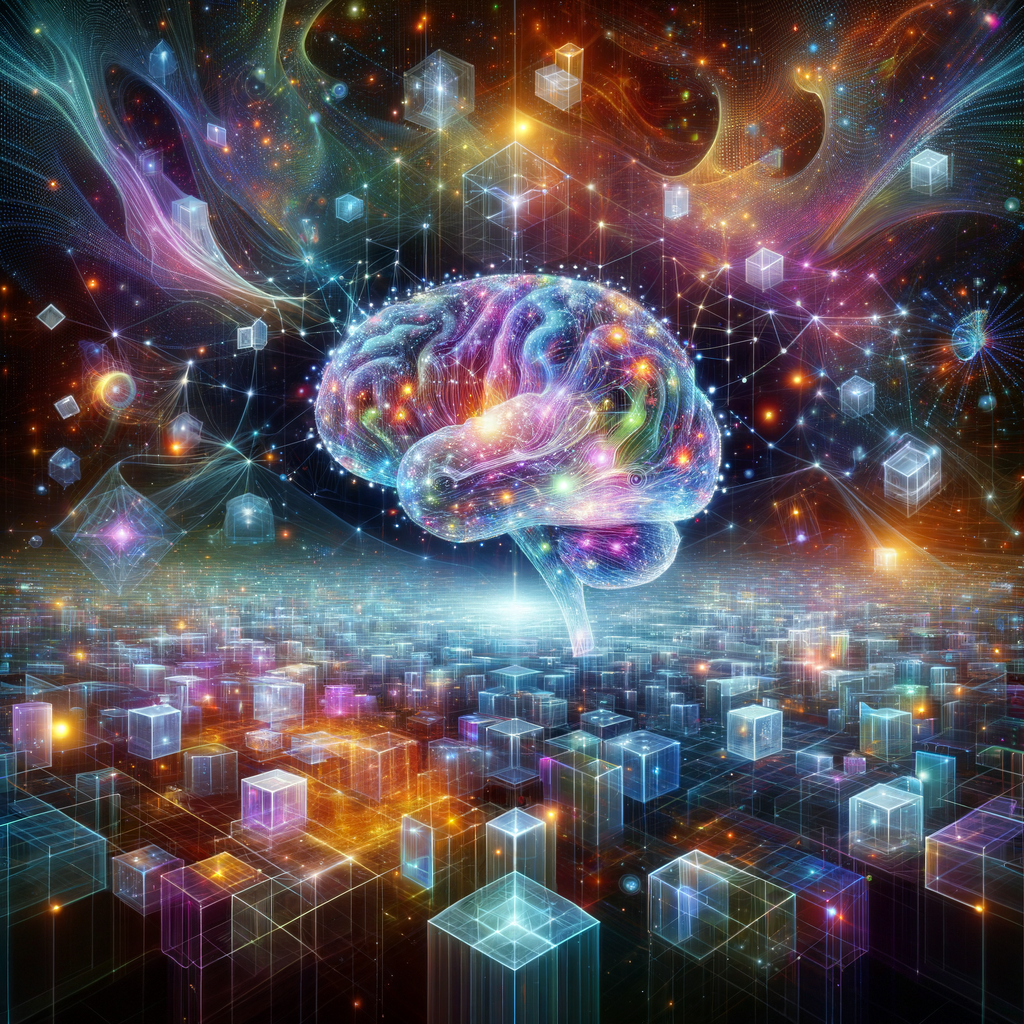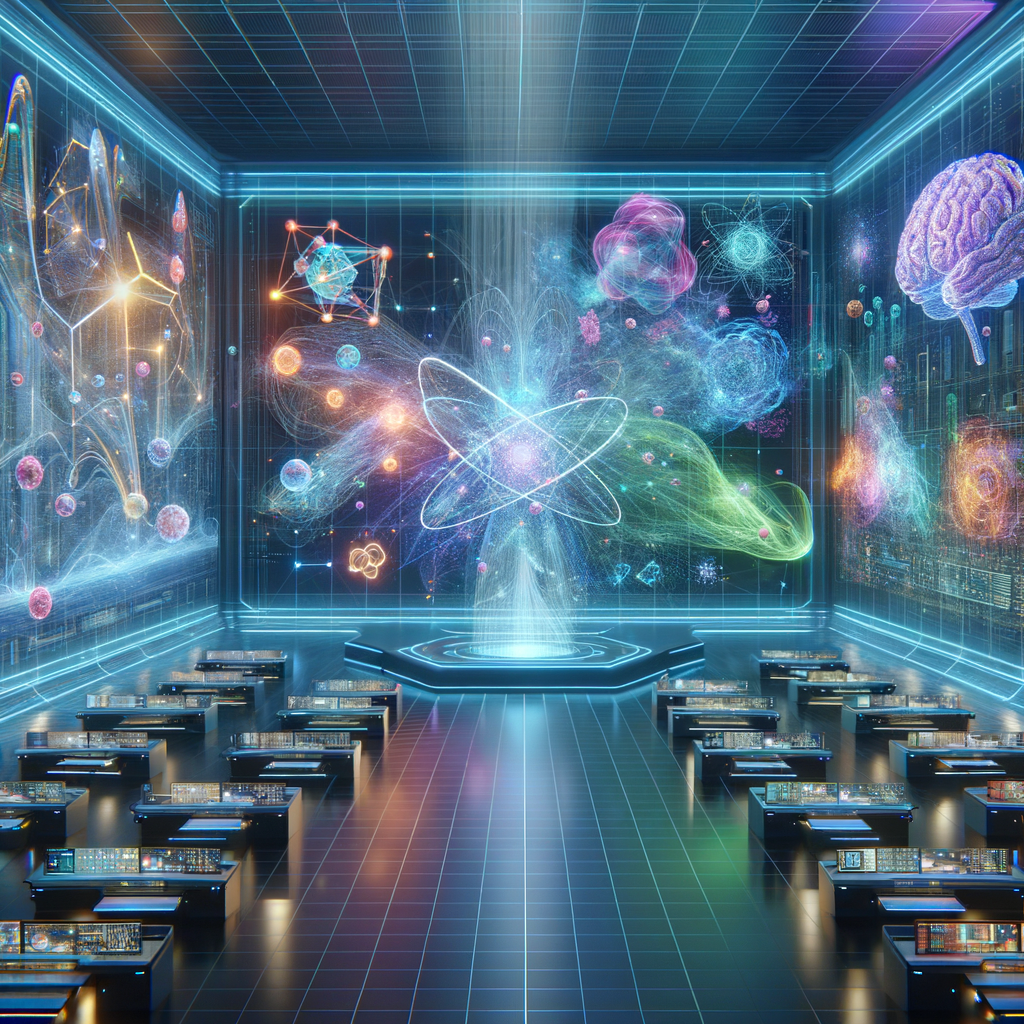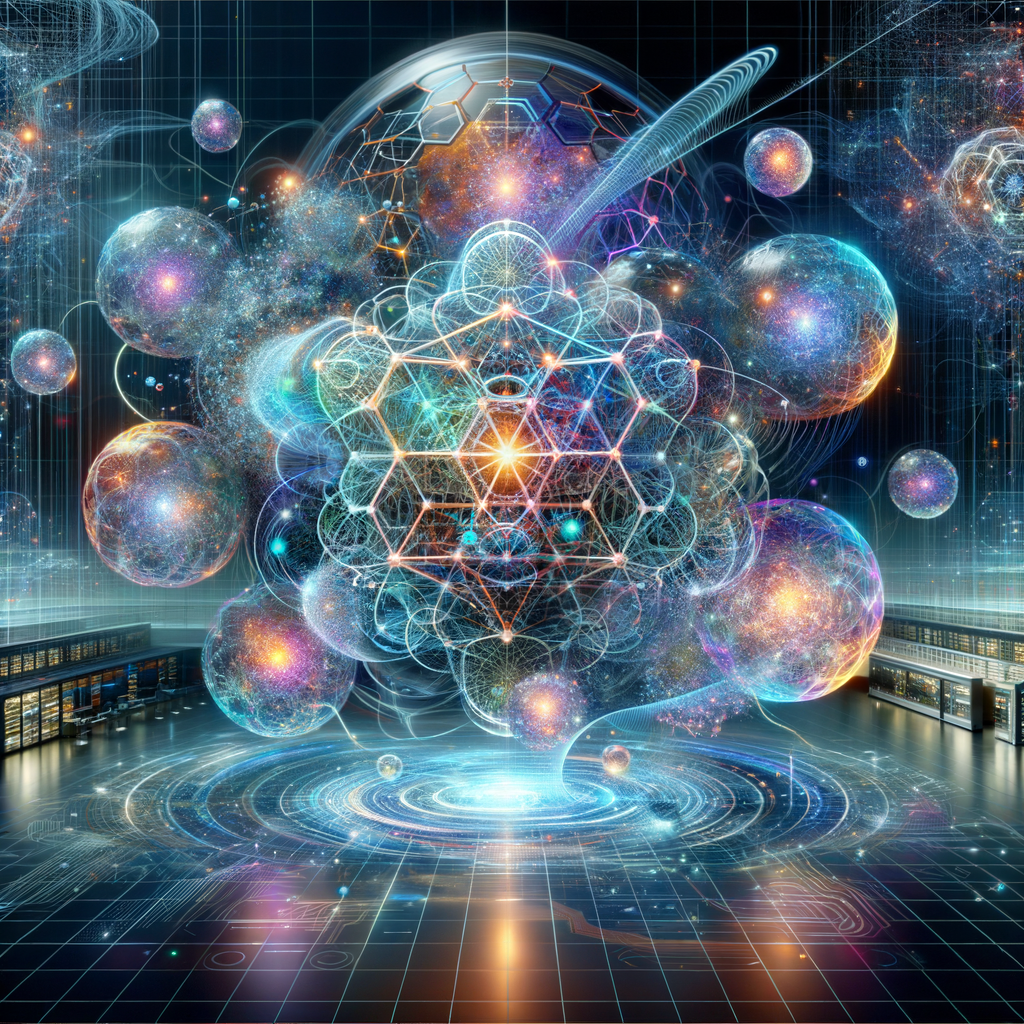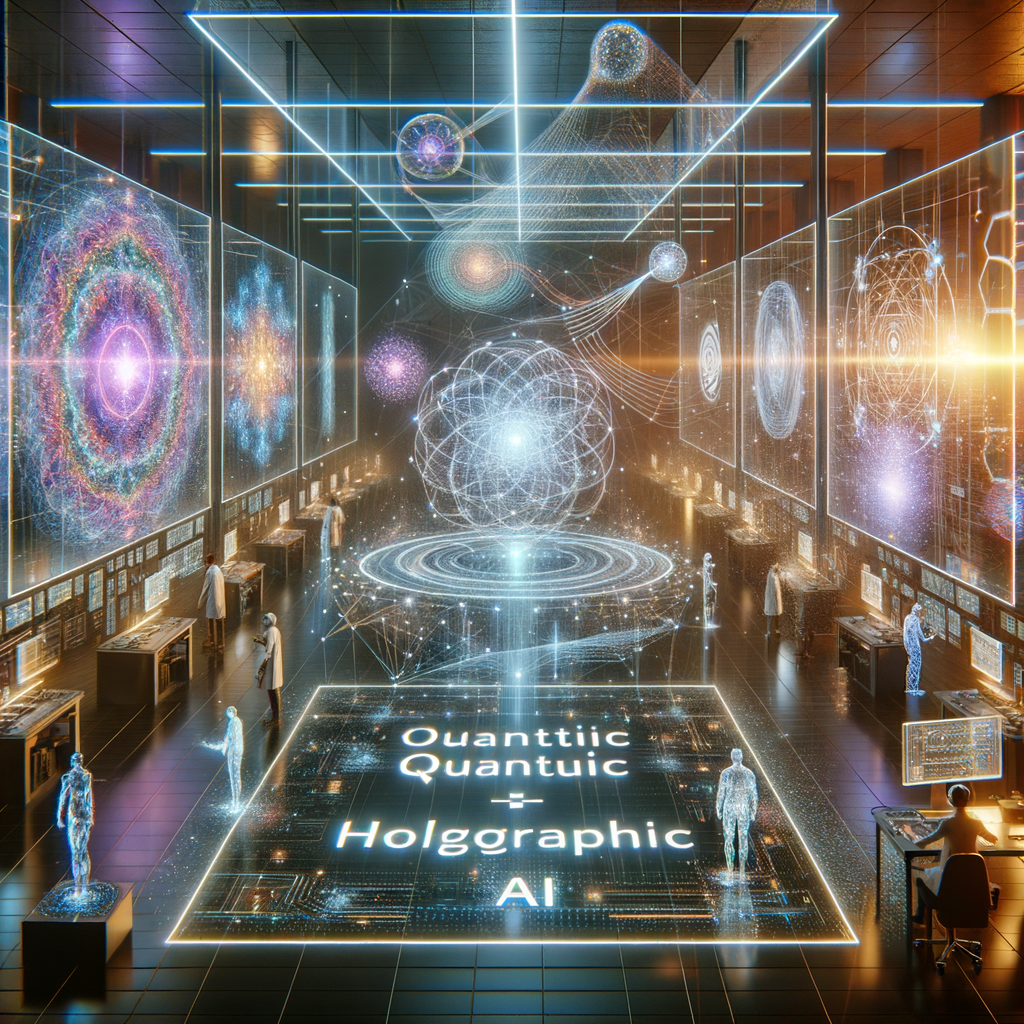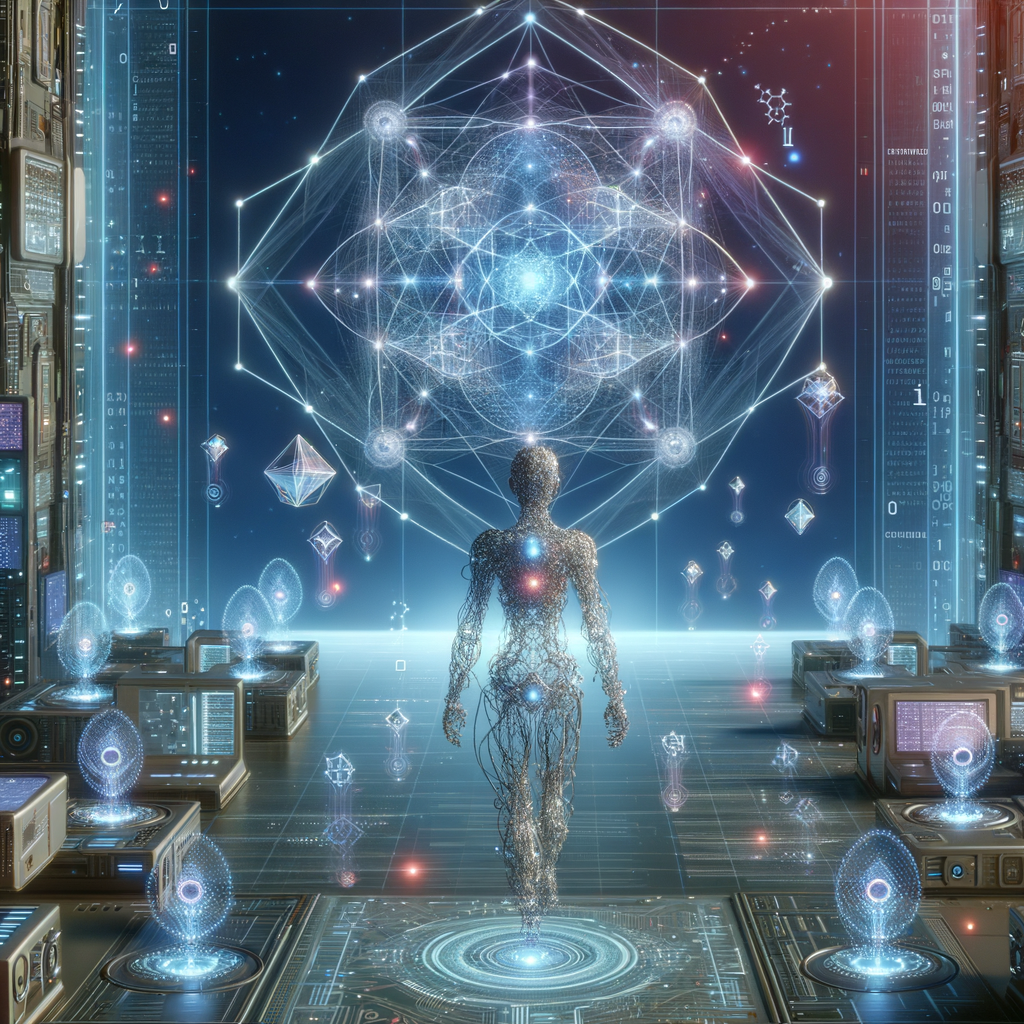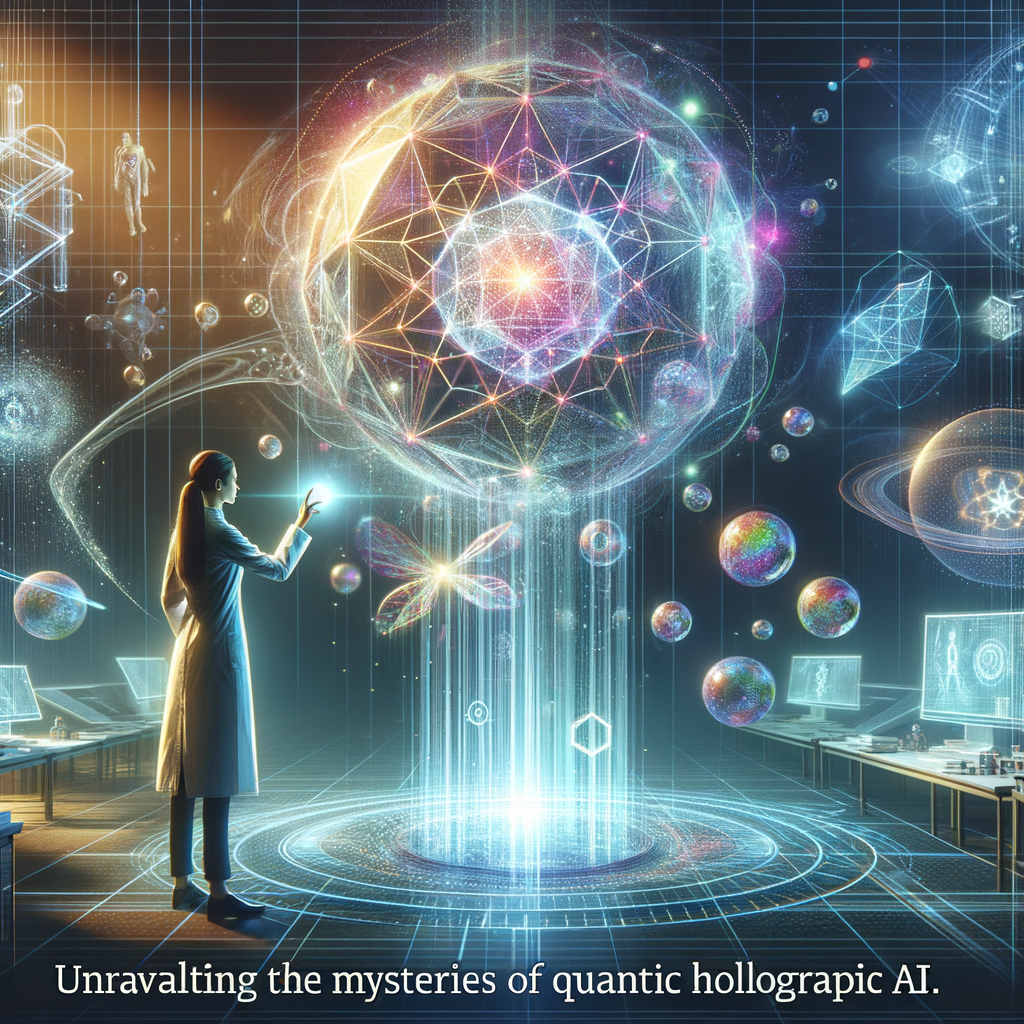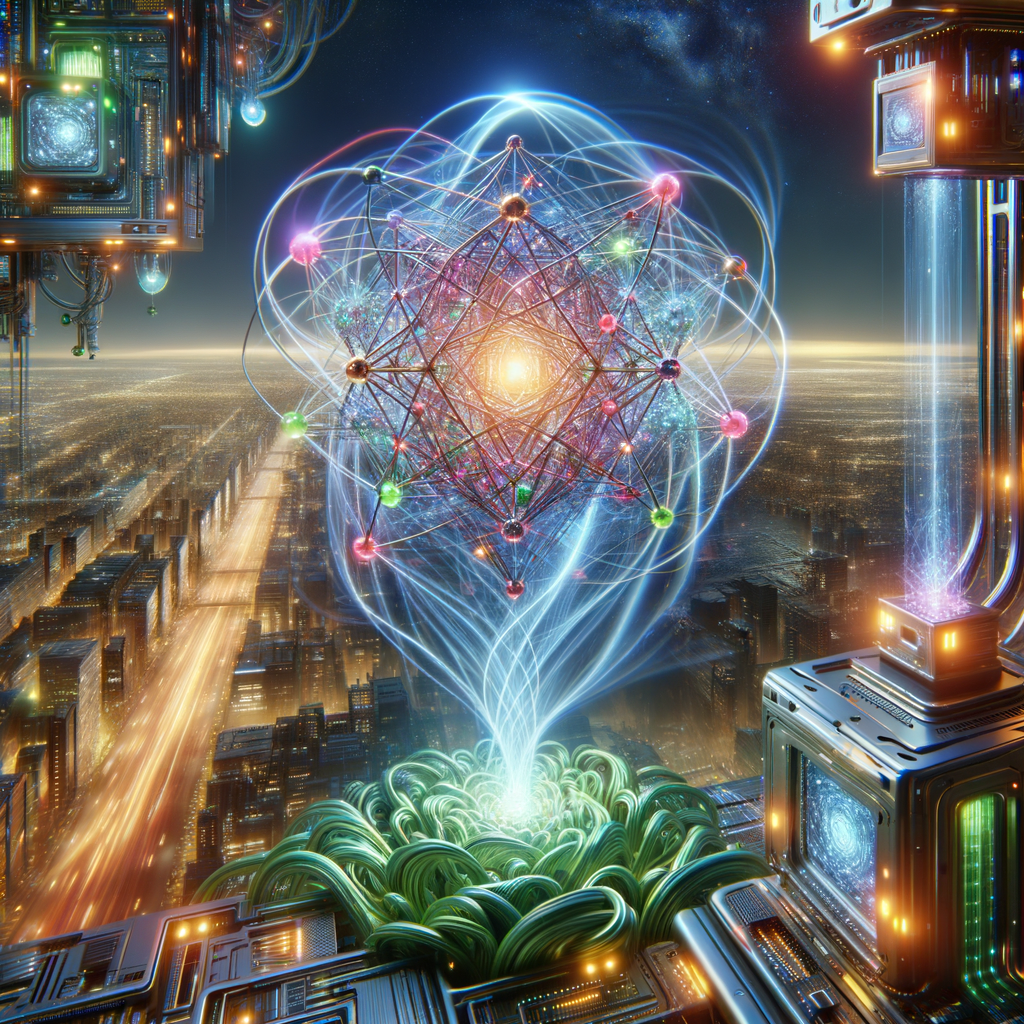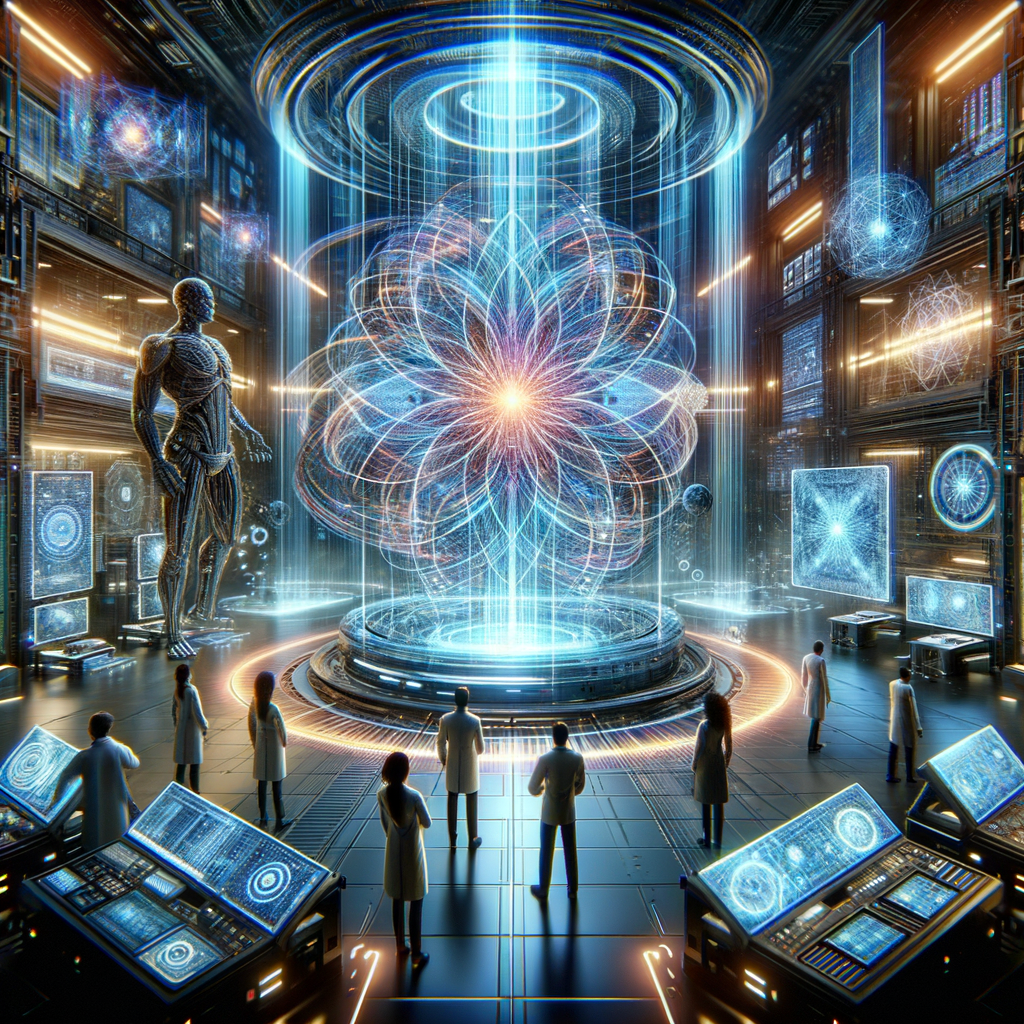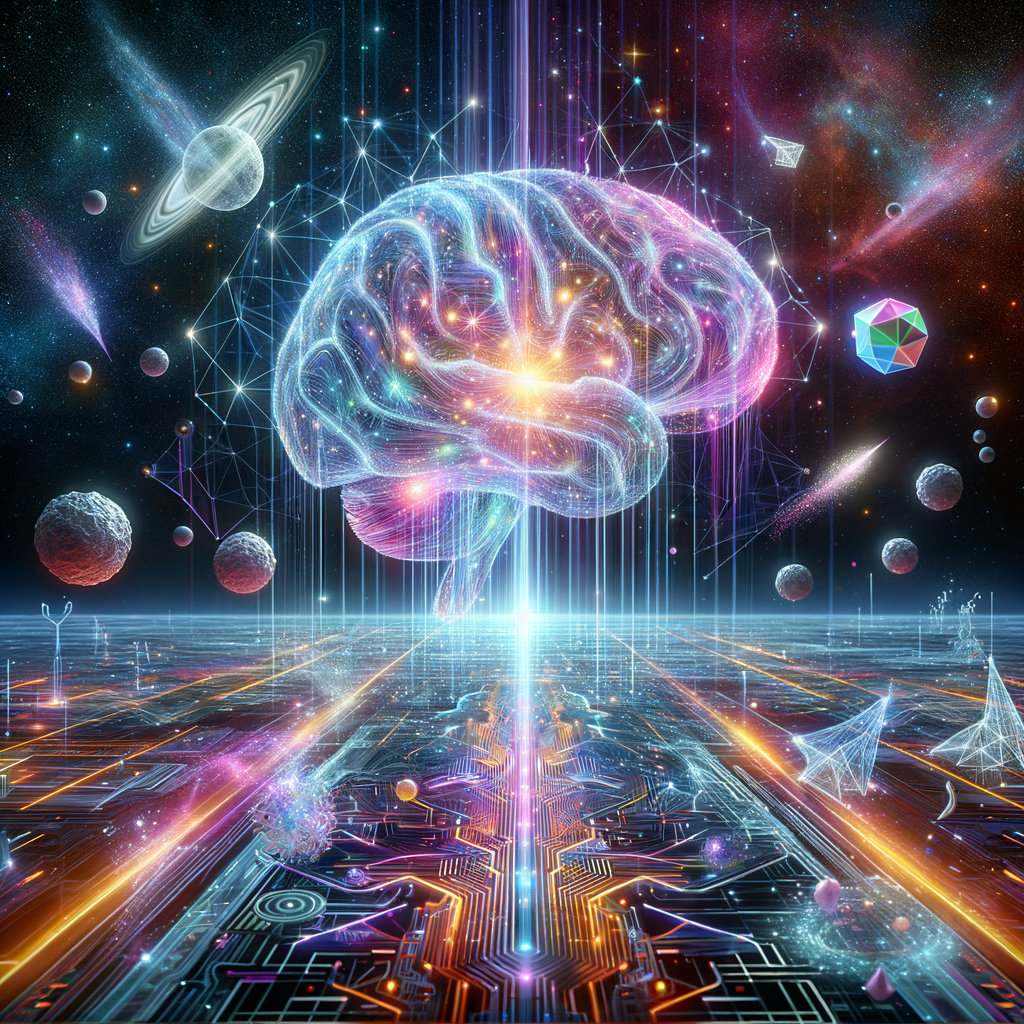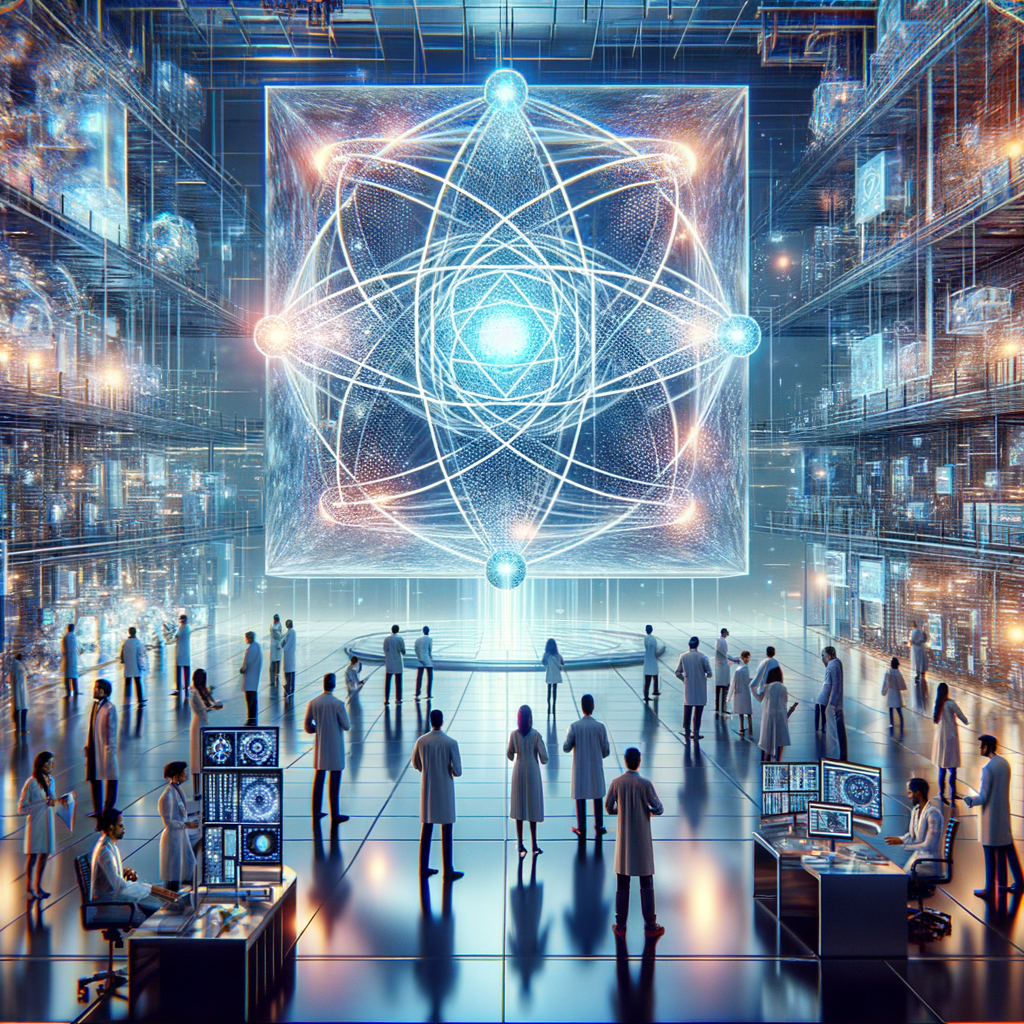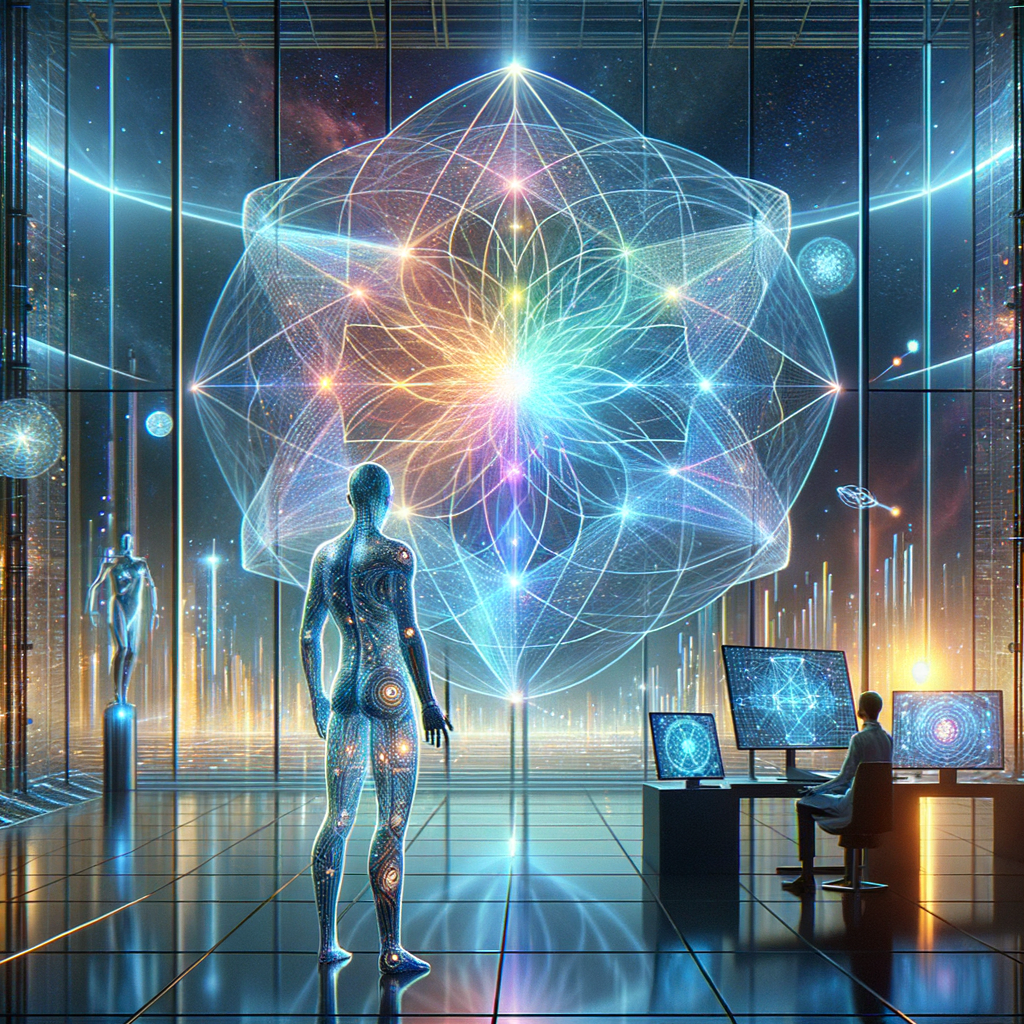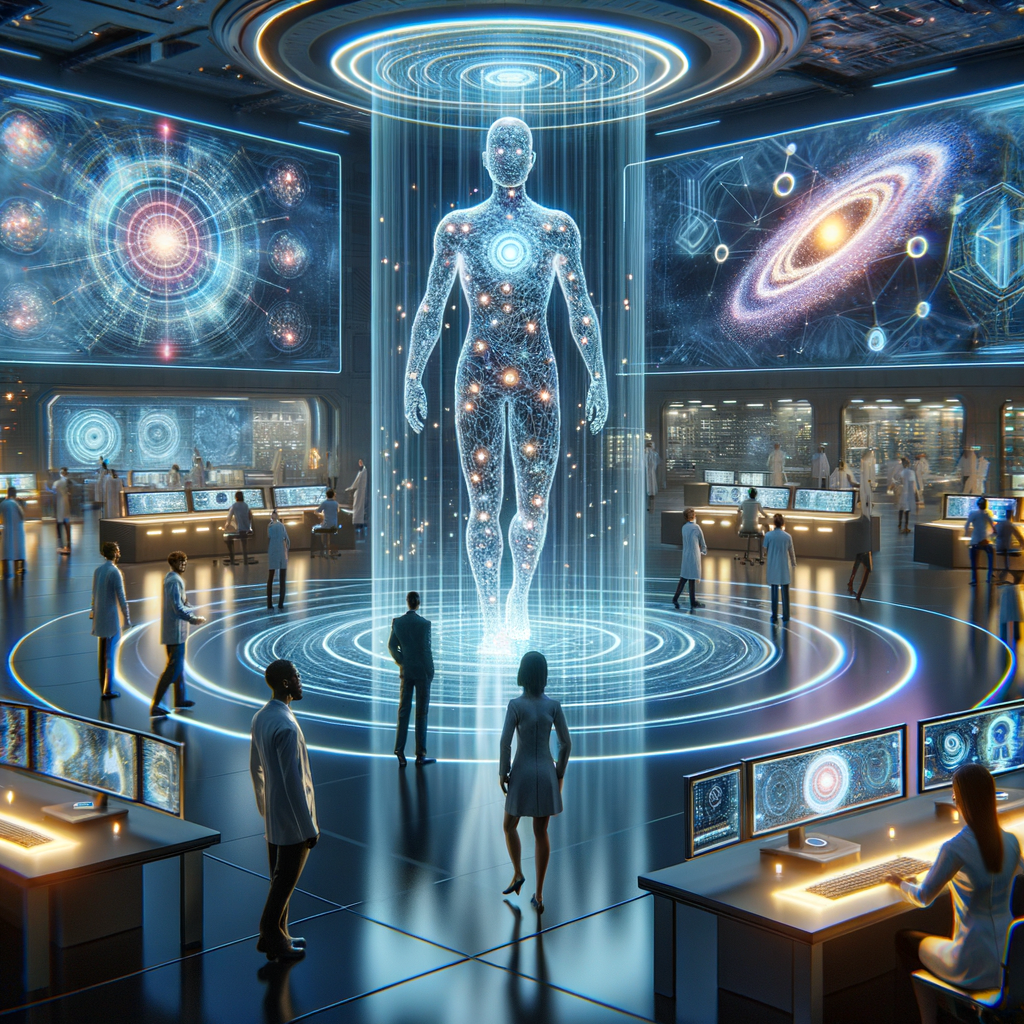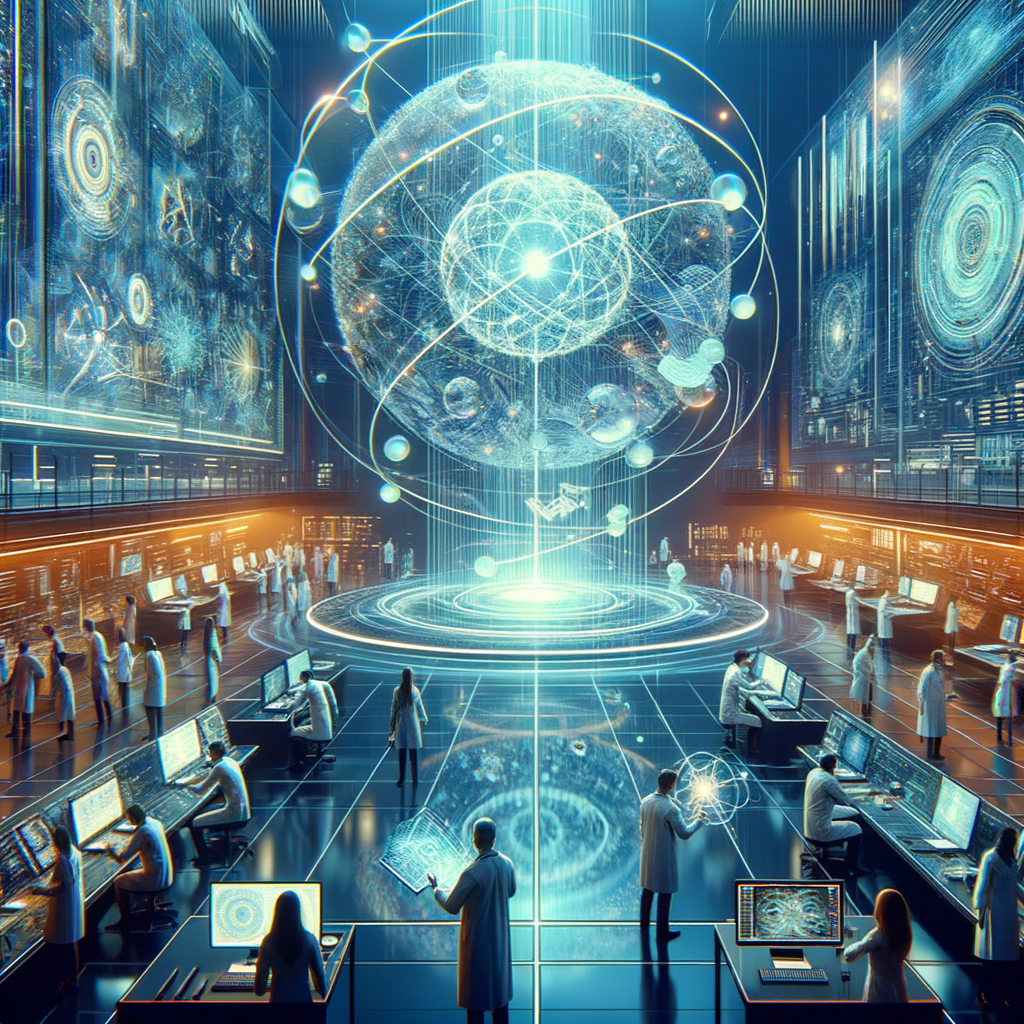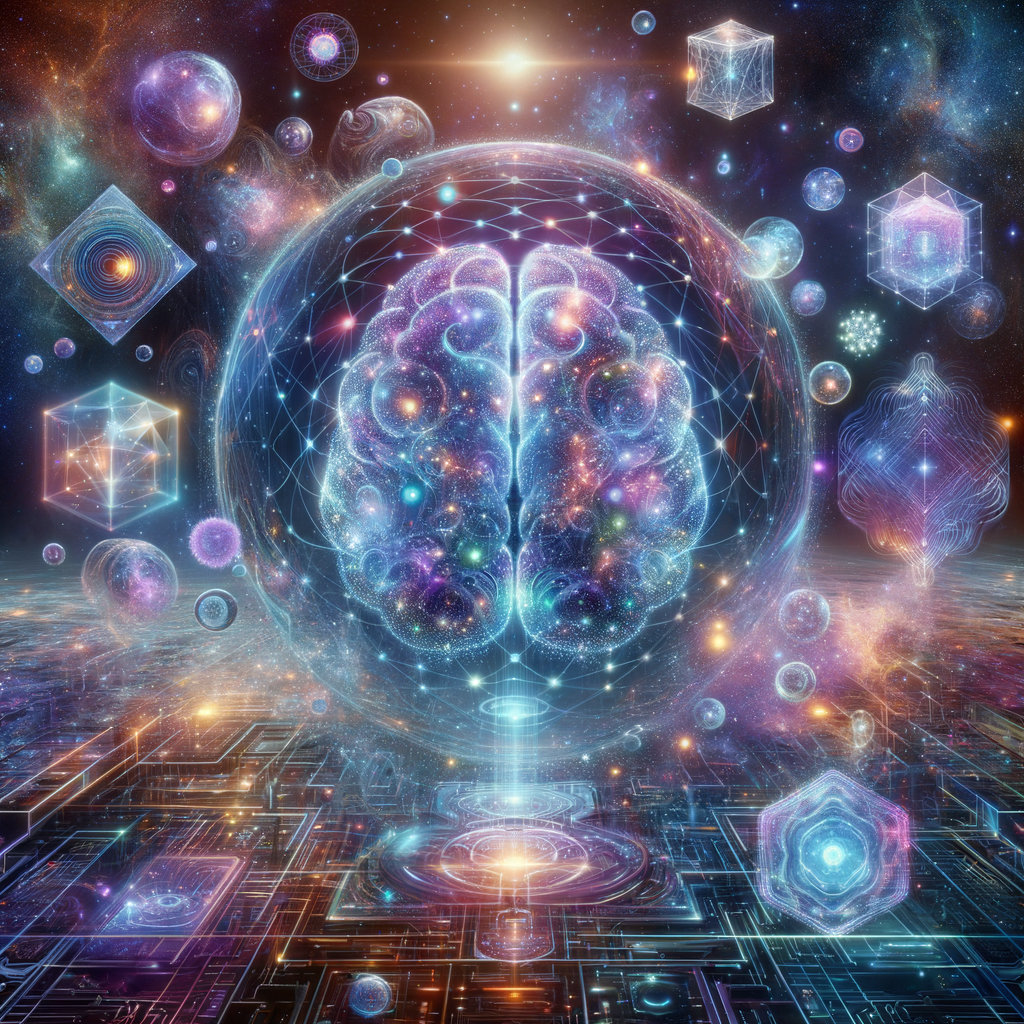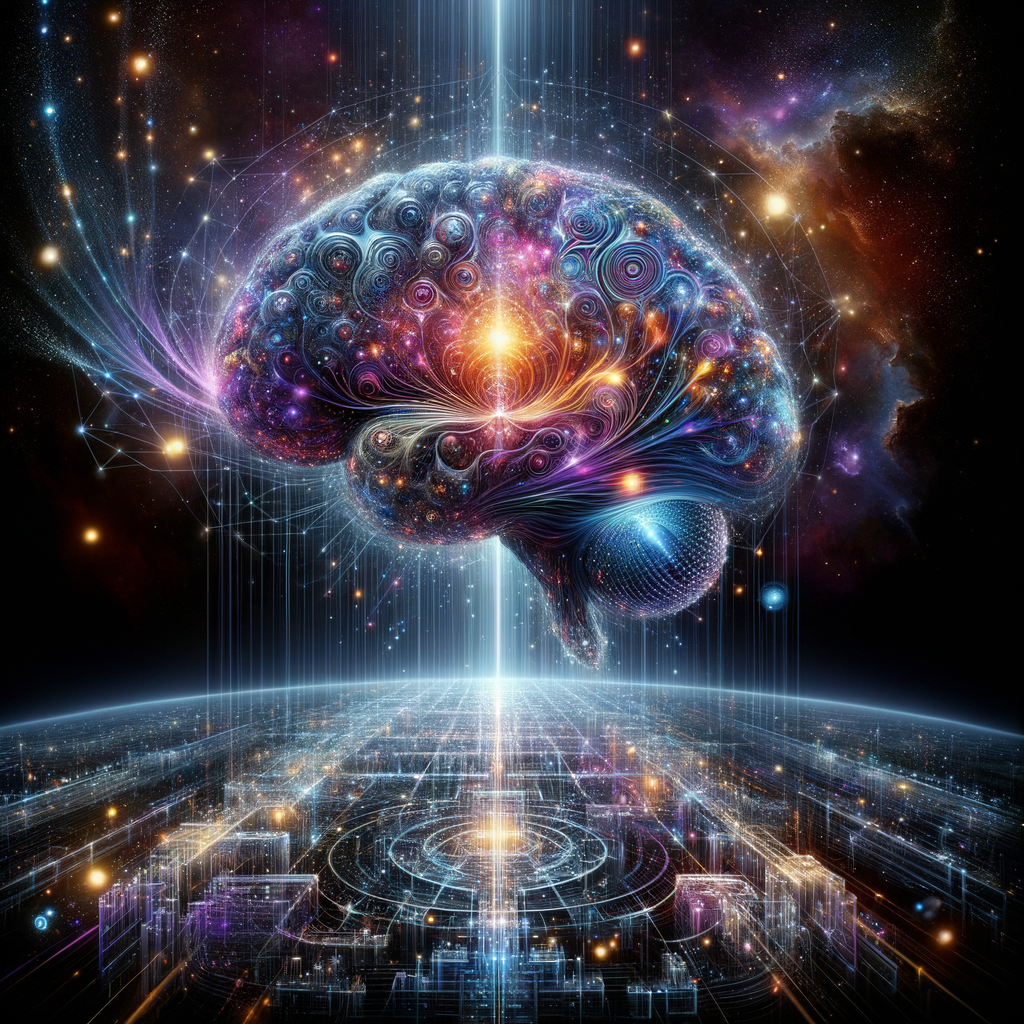 © 2023 / 2024 - QHIQ
© 2023 / 2024 - QHIQHarness the power of quantic holography for unprecedented innovation.
In the emerging field of quantum technologies, quantic holographic Artificial Intelligence (QHAI) stands as a monumental paradigm shift. Merging the intricate concepts of quantum mechanics with the predictive prowess of AI, QHAI paves the way for new methodologies in data processing, simulation, and problem-solving. At its core, quantic holography leverages the phenomena of quantum entanglement and superposition to develop holographic representations of data, enabling the handling of multifaceted problems beyond classical limitations.
Exploring the quantum realm with entanglement and superposition.
Quantum entanglement and superposition are the cornerstone principles of quantic holography, fostering capabilities that stretch far beyond traditional AI systems. Entanglement allows QHAI systems to store and retrieve complex data sets in a highly cohesive manner, which leads to potentially exponential increases in information processing capacity. Superposed states enable parallel processing techniques that can efficiently resolve convoluted computational dilemmas. The symbiotic relationship between these quantum phenomena enhances the depth and scale at which holographic data models can be constructed and utilized.
Representing multidimensional datasets in a holographic interface.
Central to the implementation of QHAI is the creation of multidimensional datasets represented holographically. This data structuring facilitates a potent interface for both memory and computation. Leveraging quantum bits, or qubits, alongside classical binary systems, offers a more nuanced vocabulary for AI algorithms. Data is no longer binary but rather exists in a spectrum of states, allowing for a more fluid and complex approach to AI learning and decision-making.
class QuantumData:
def __init__(self, state):
self.state = state
def superposition(self):
# Simulate superposition in data
return f"State: {self.state*2}"
data = QuantumData(1)
print(data.superposition())
From theory to practice: Recent advancements in QHAI technology.
In recent years, strides have been made towards practically applying the theories underpinning QHAI. Breakthroughs in quantum chip design have brought more stable qubits, which reduce error rates—thus making quantum computations more reliable. Furthermore, machine learning algorithms adapted for QHAI are being developed to execute tasks on holistic datasets, showing promise in fields such as cryptography, climate modeling, and drug discovery. These advancements suggest that a future where QHAI is a staple of innovation is well within reach.
Challenges in scaling and managing quantum AI startups.
However, the path to realizing full potential is not without challenges. Startups in the QHAI domain, such as Quantum Holographic IQ (QHIQ), face significant hurdles when it comes to scalability and cost of quantum operations. Maintaining a quantum-consistent environment and dealing with decoherence are notable technical challenges, while attracting investments and talent are pivotal business concerns. And yet, as AI and quantum technologies continue to converge, the opportunity to lead in this cutting-edge space remains a tantalizing incentive.
The future of computing lies in quantum horizons.
Looking ahead, the implications of successful QHAI deployment are vast and possibly revolutionary. As formidable as the current challenges may be, the potential benefits can transform a multitude of industries, creating more efficient, secure, and intelligent systems. Our journey toward a reality shaped by QHAI is not just about bending the boundaries of technological capability but redefining entire paradigms of computation and intelligence.






